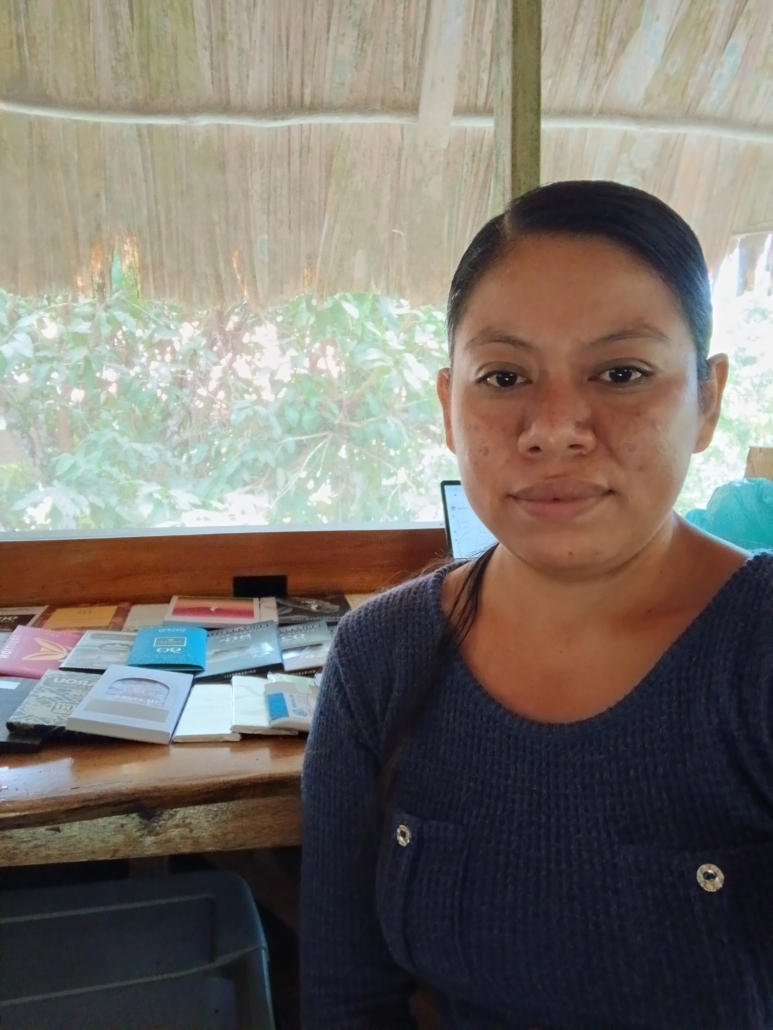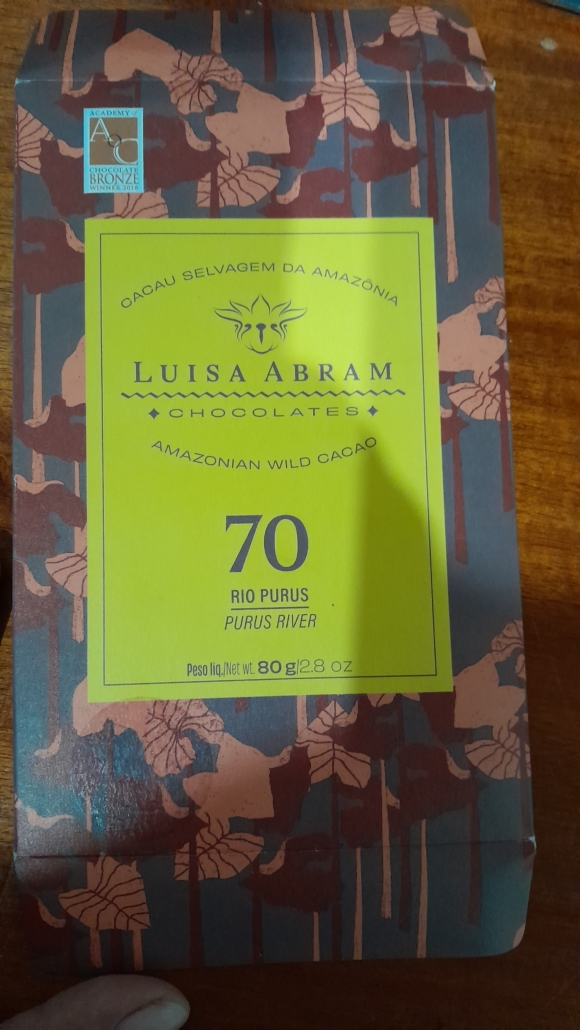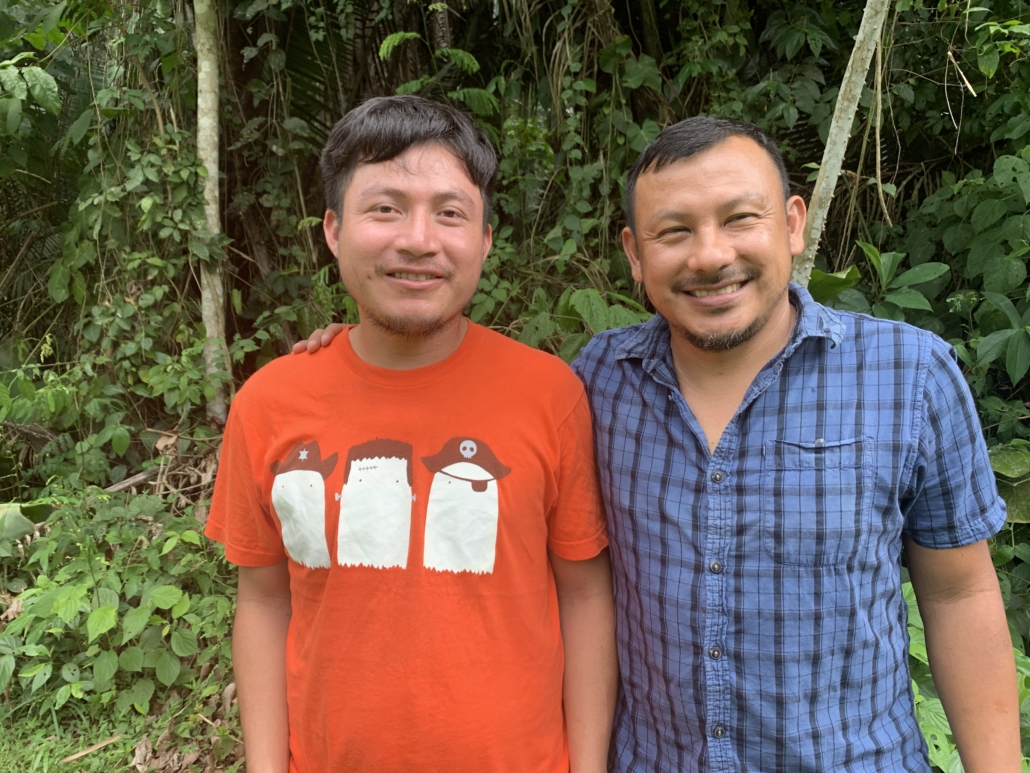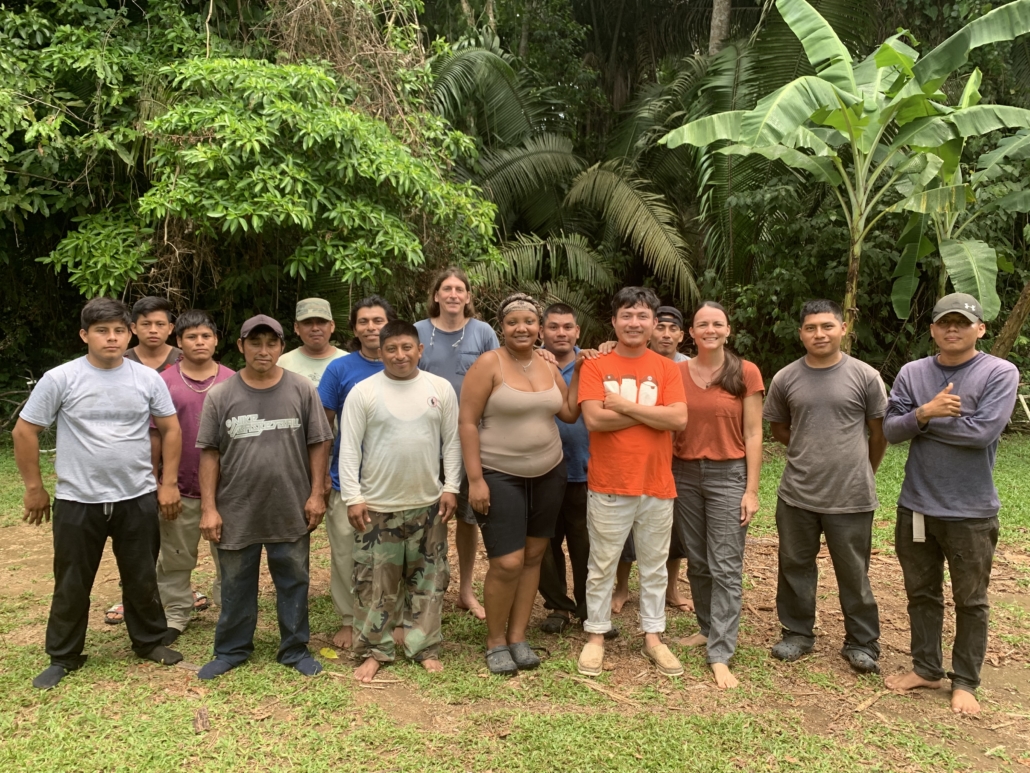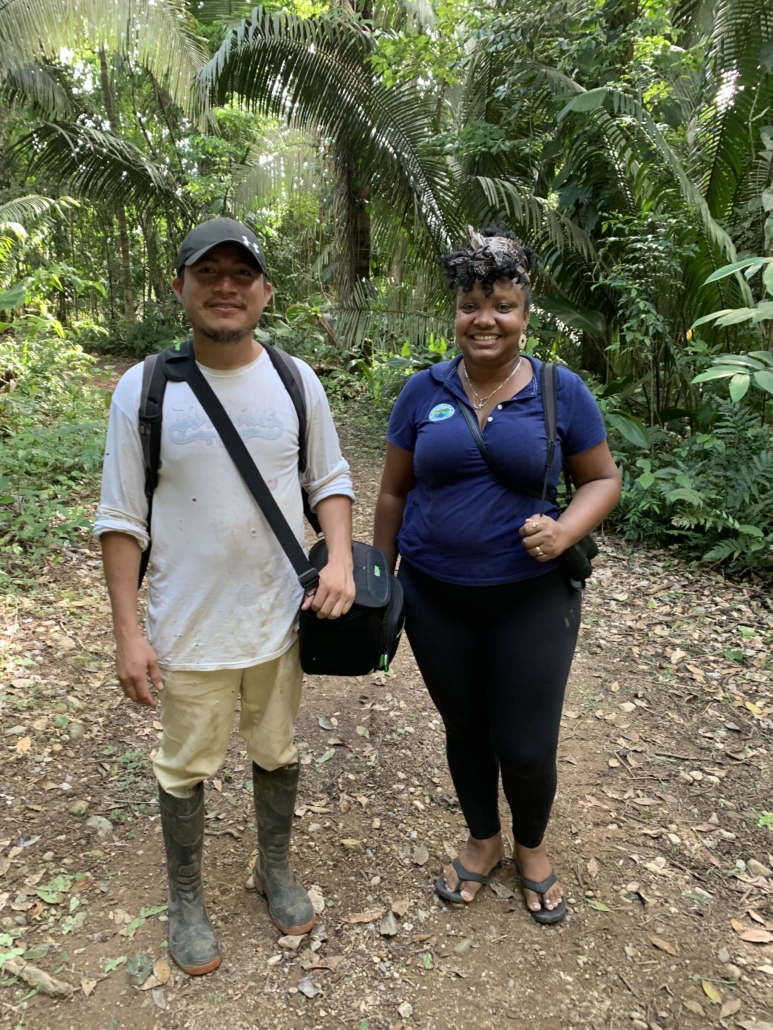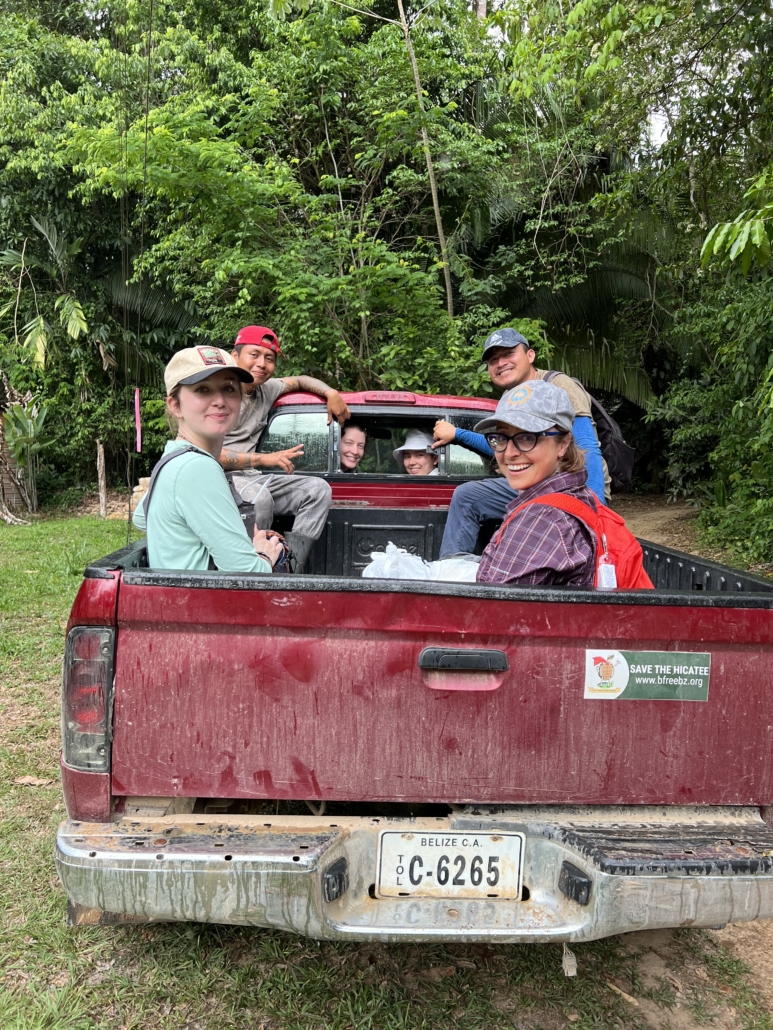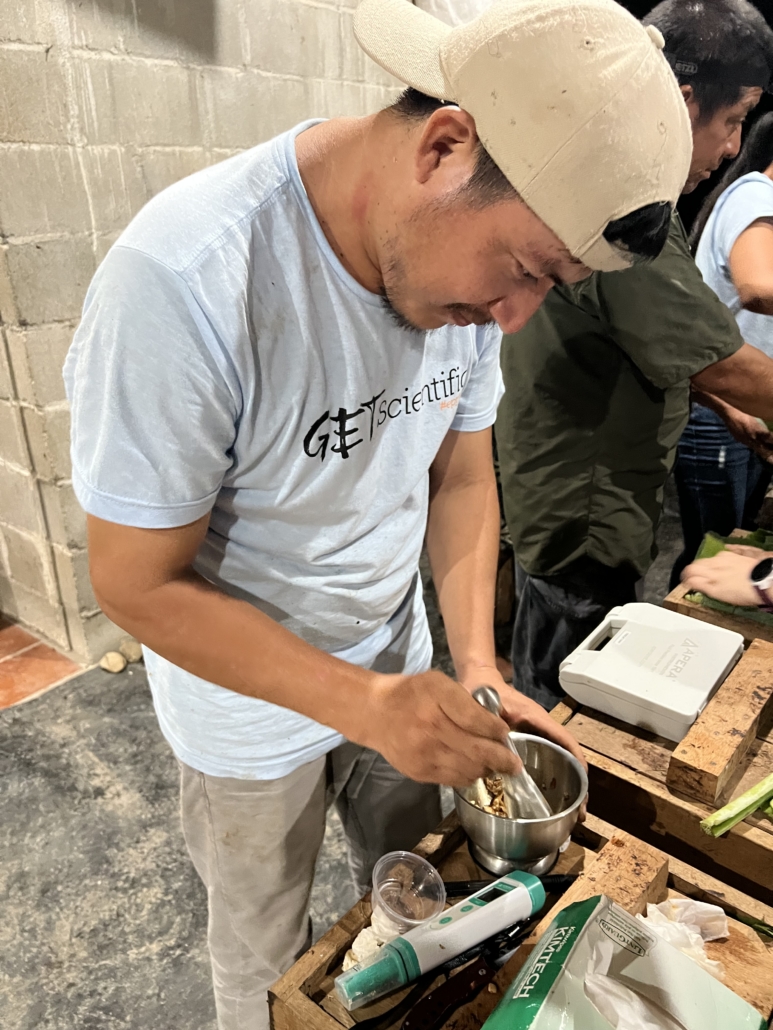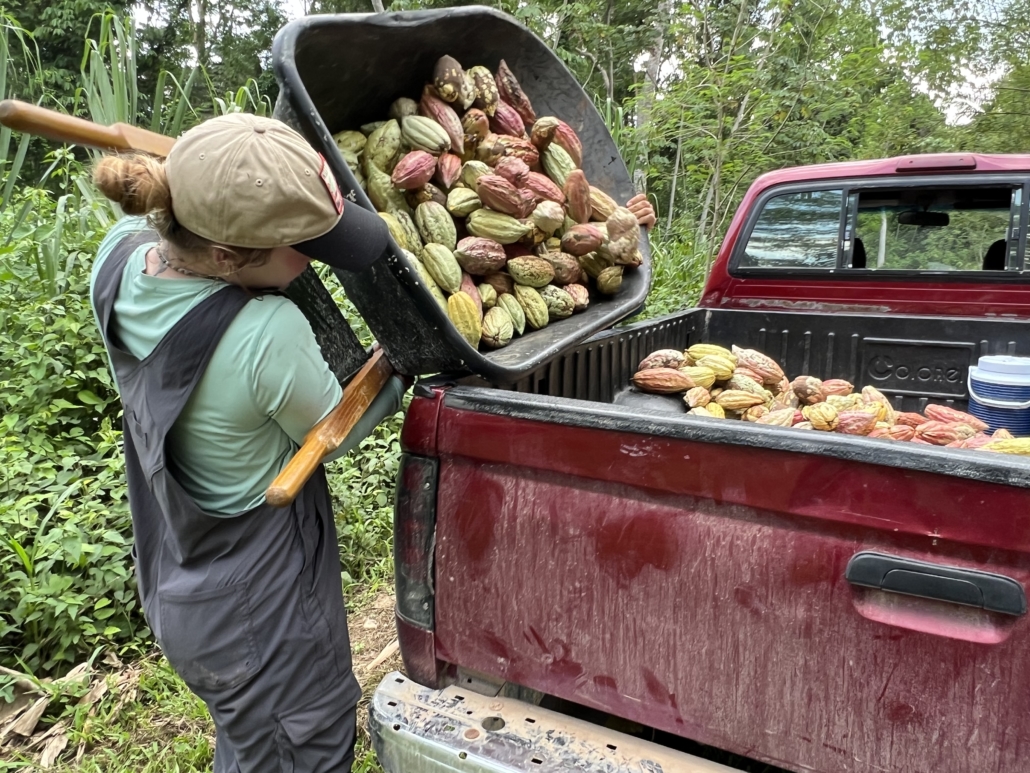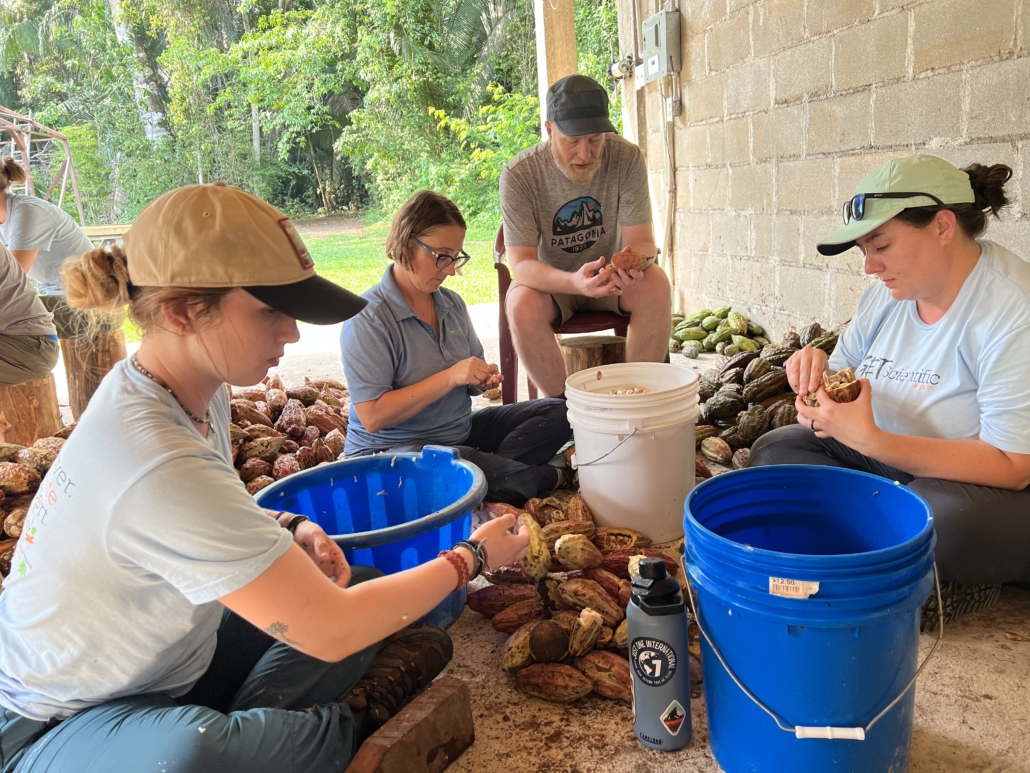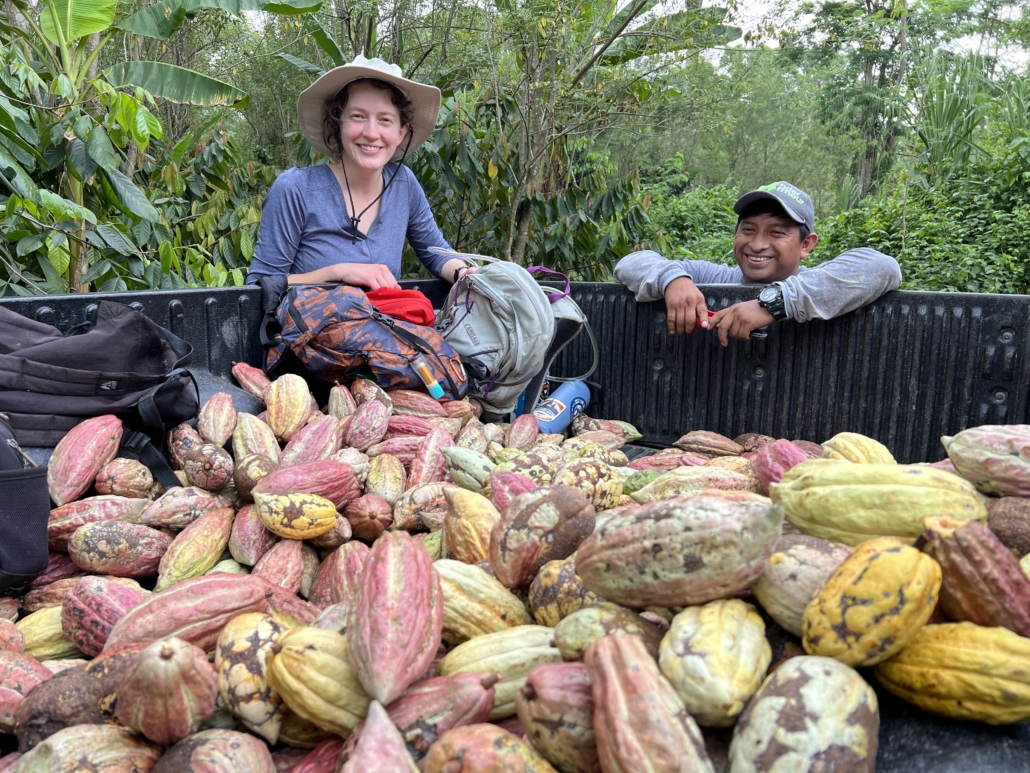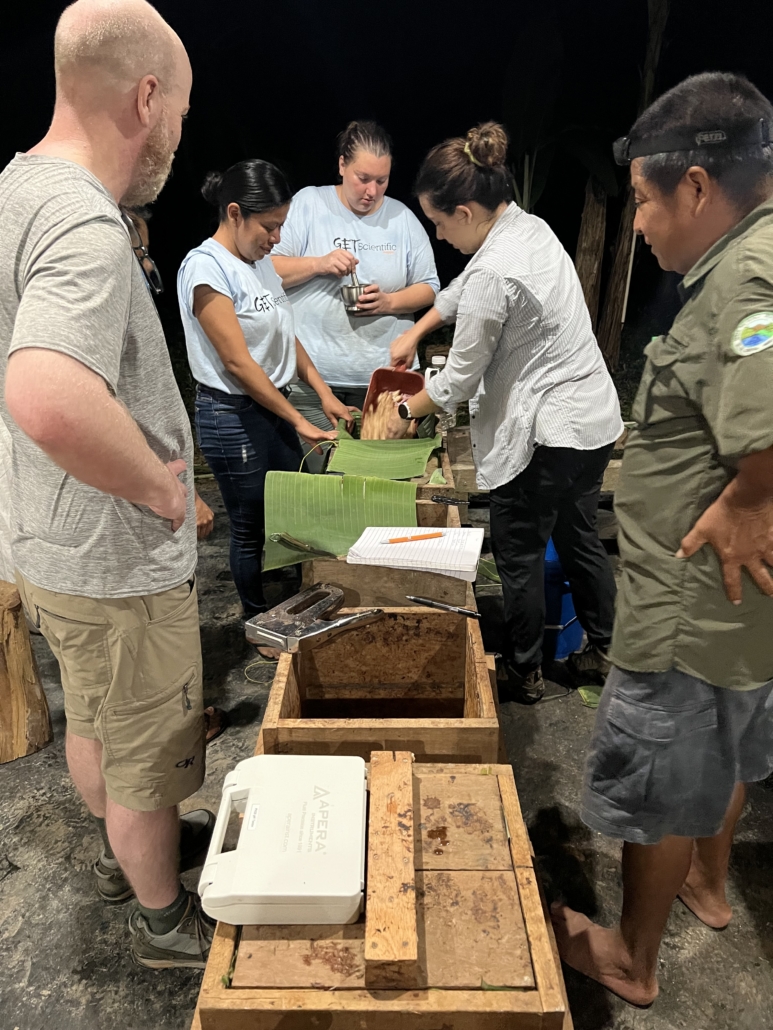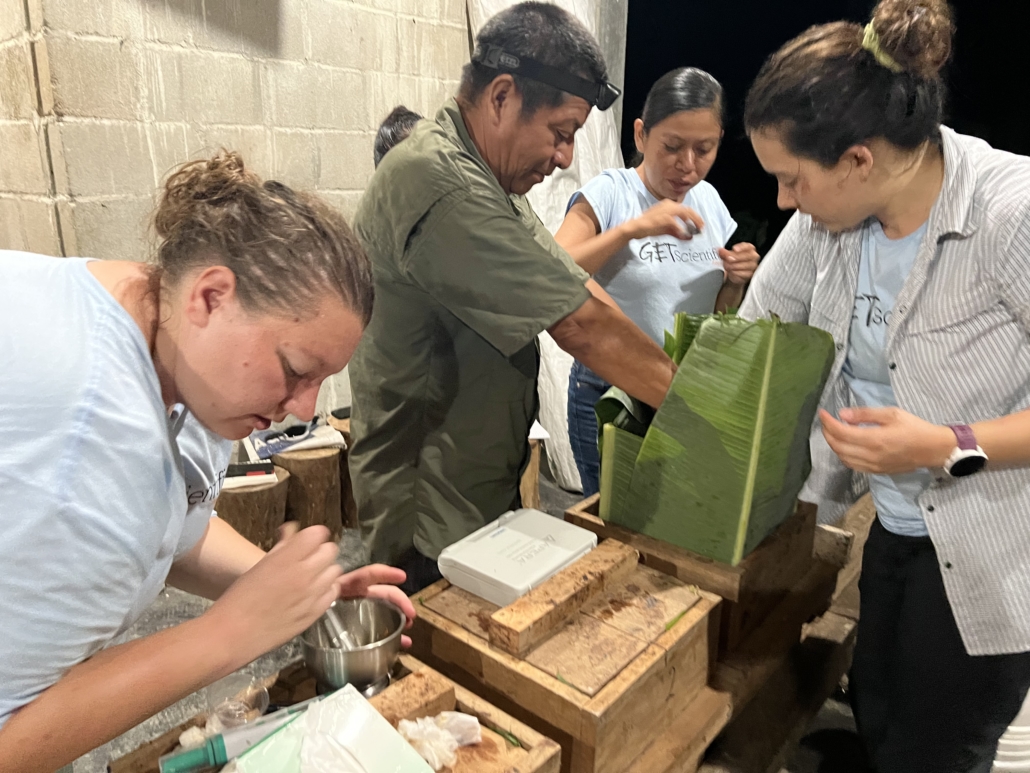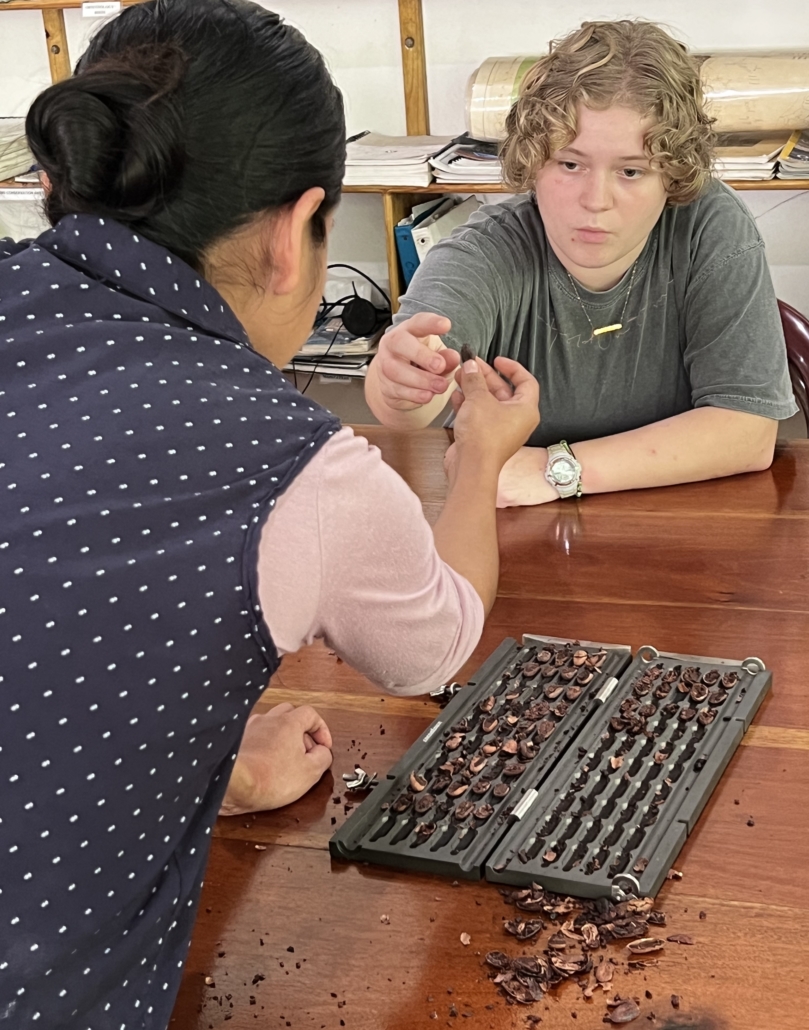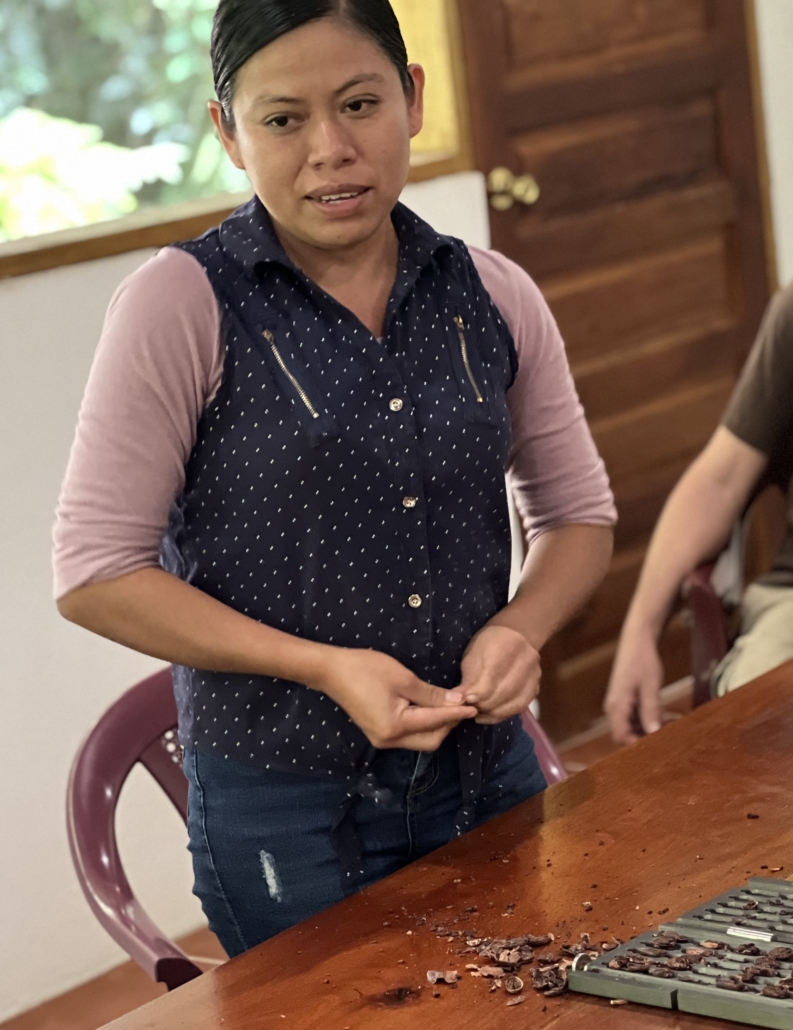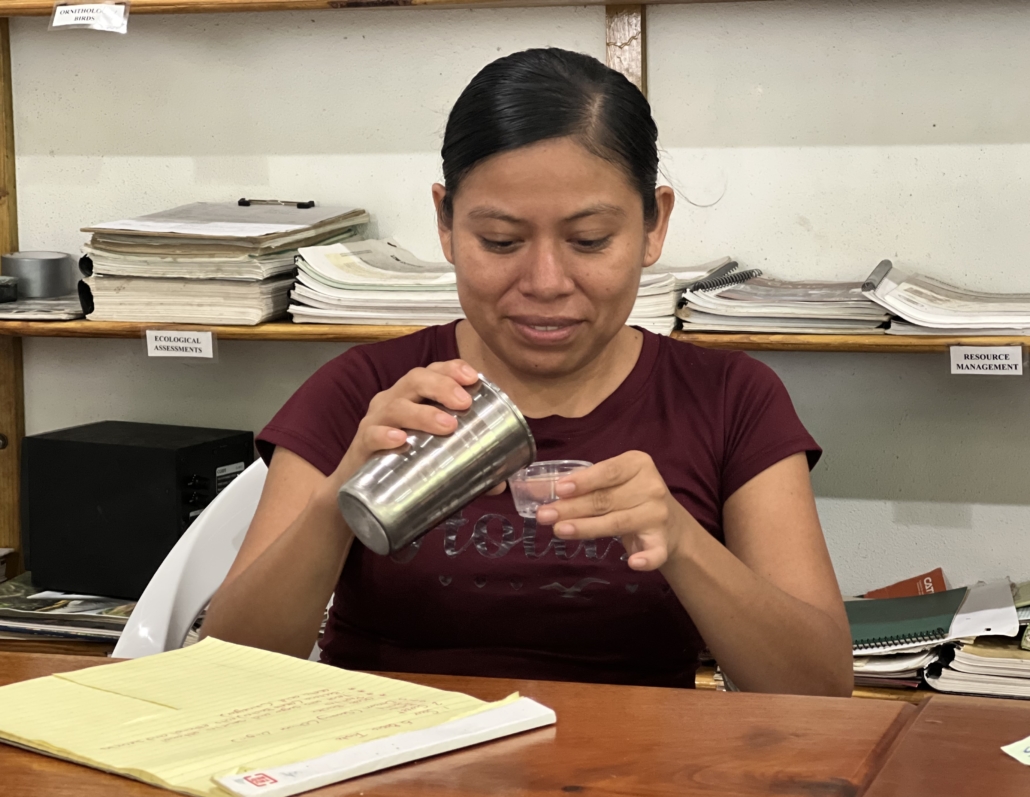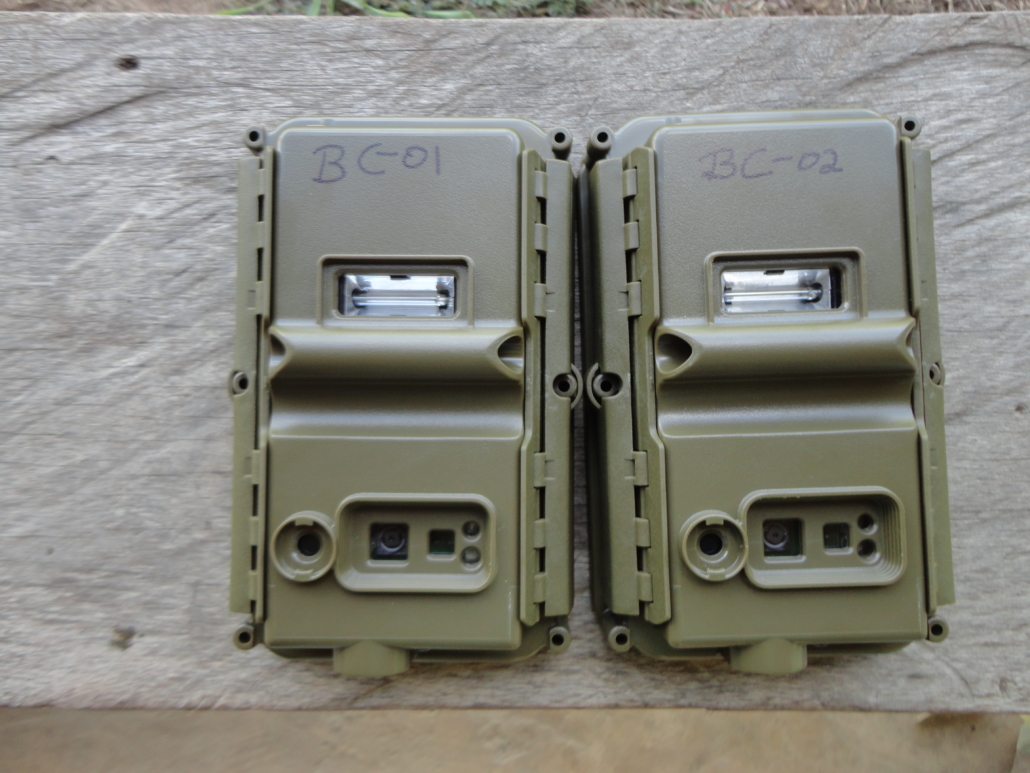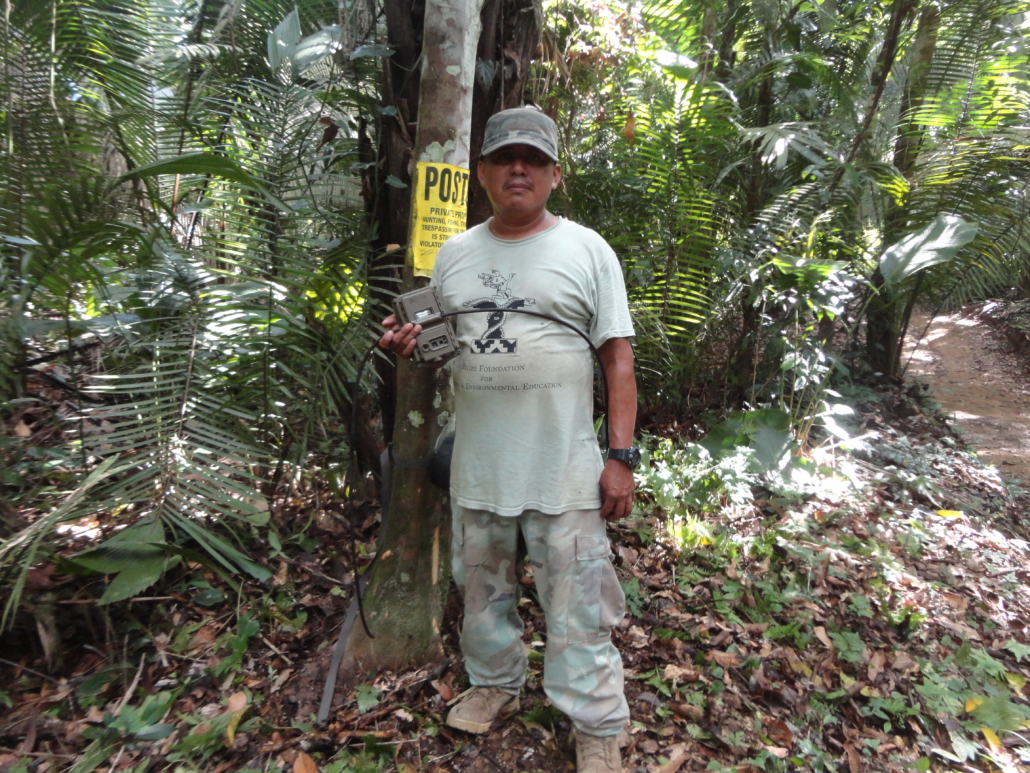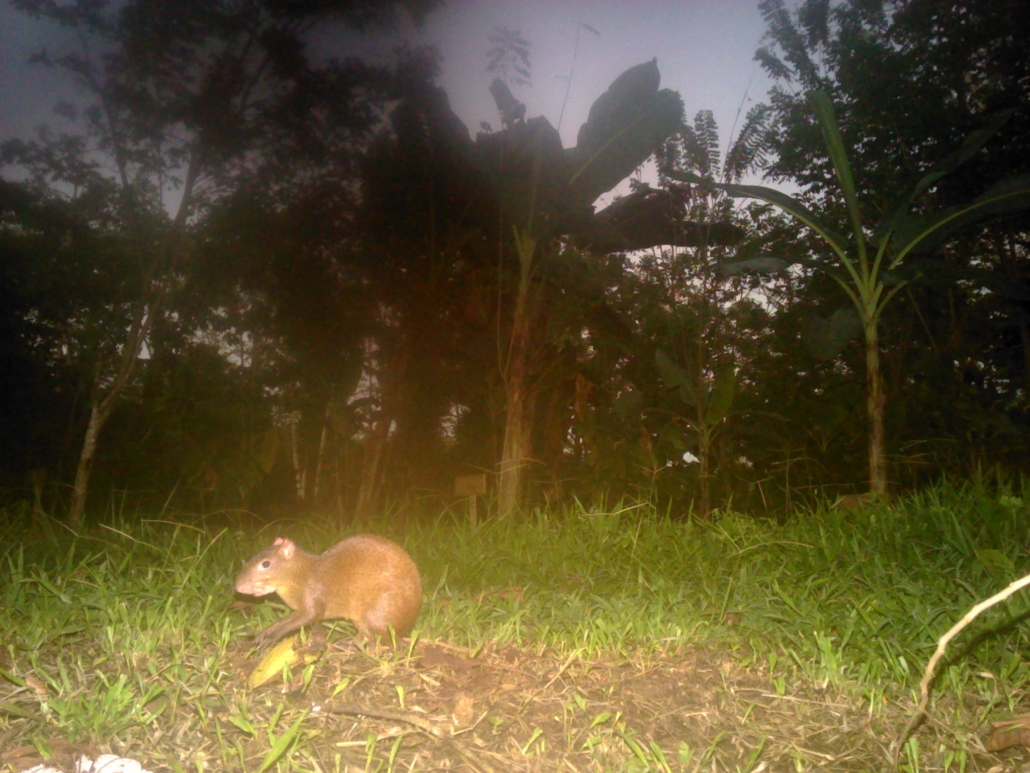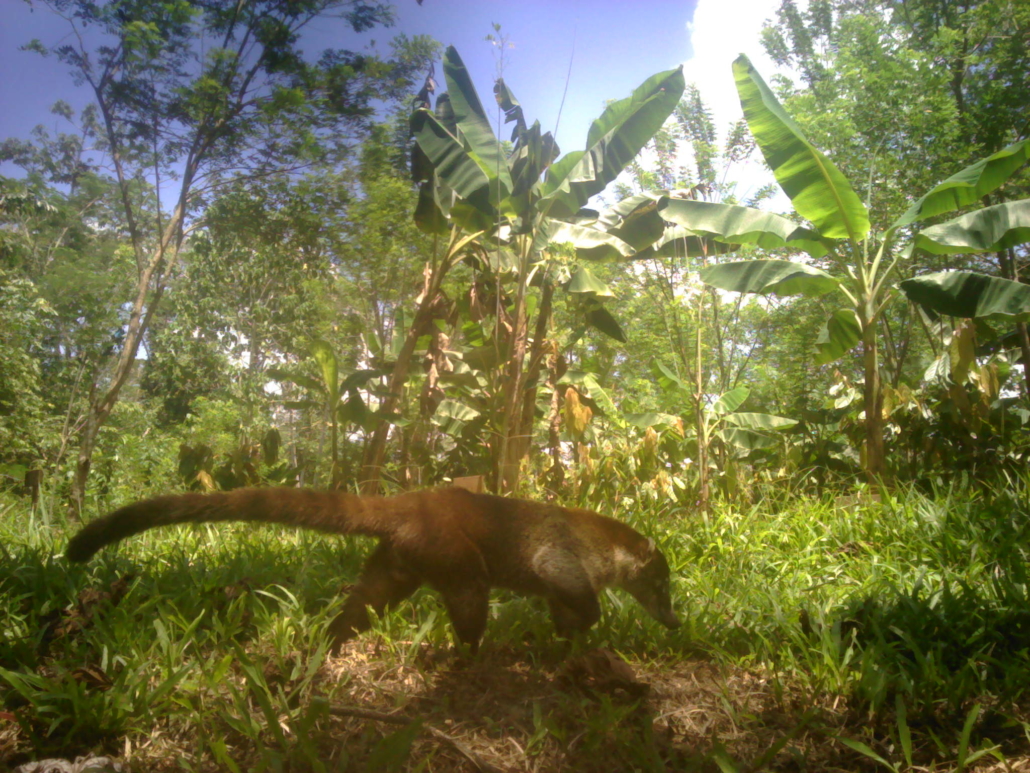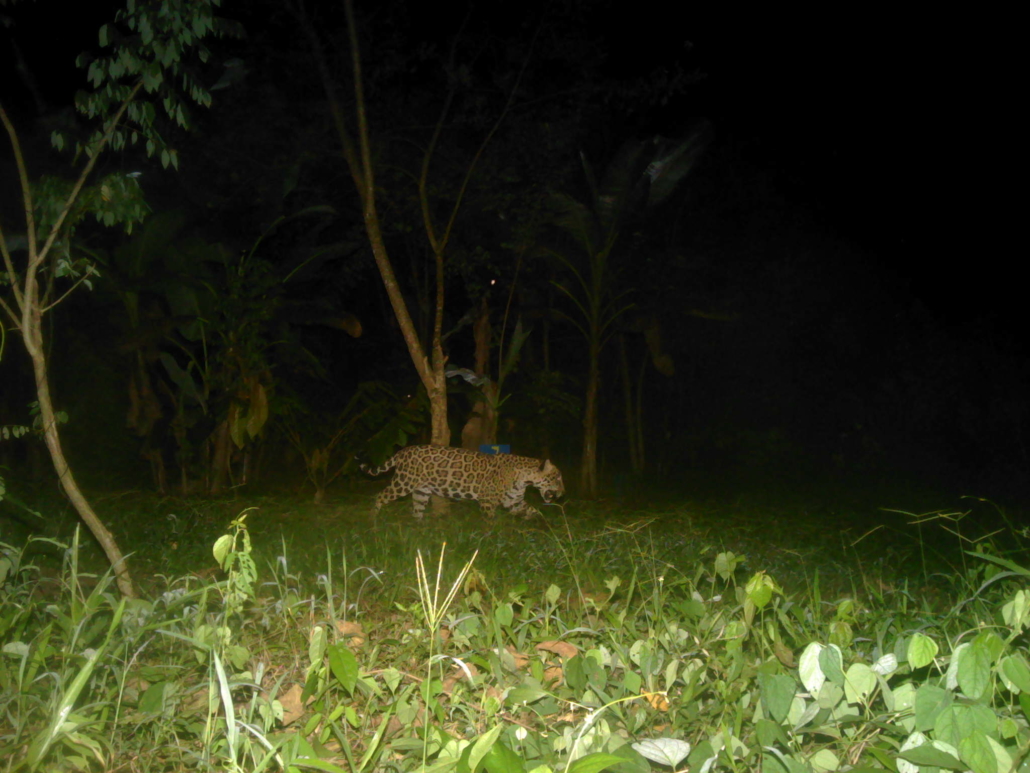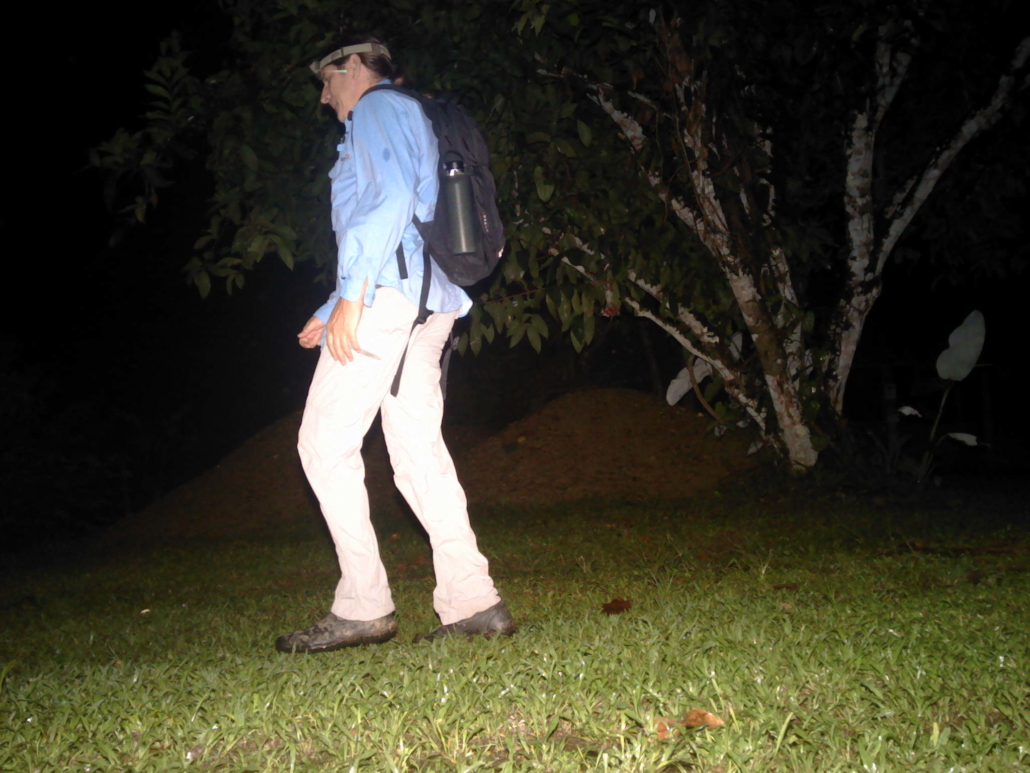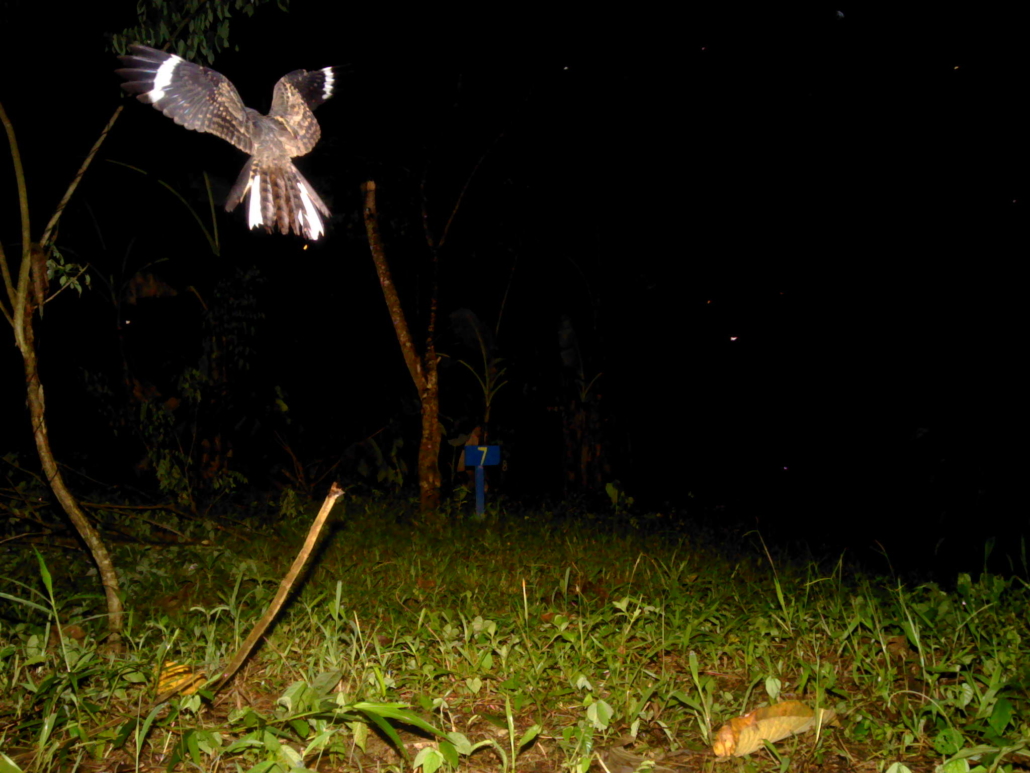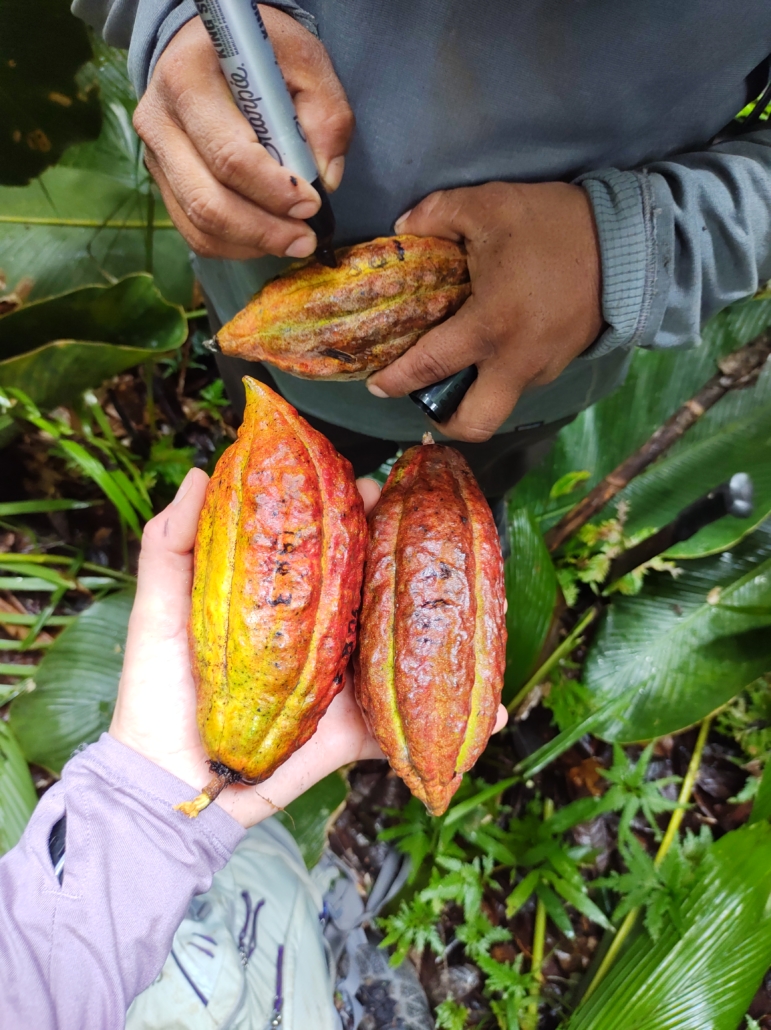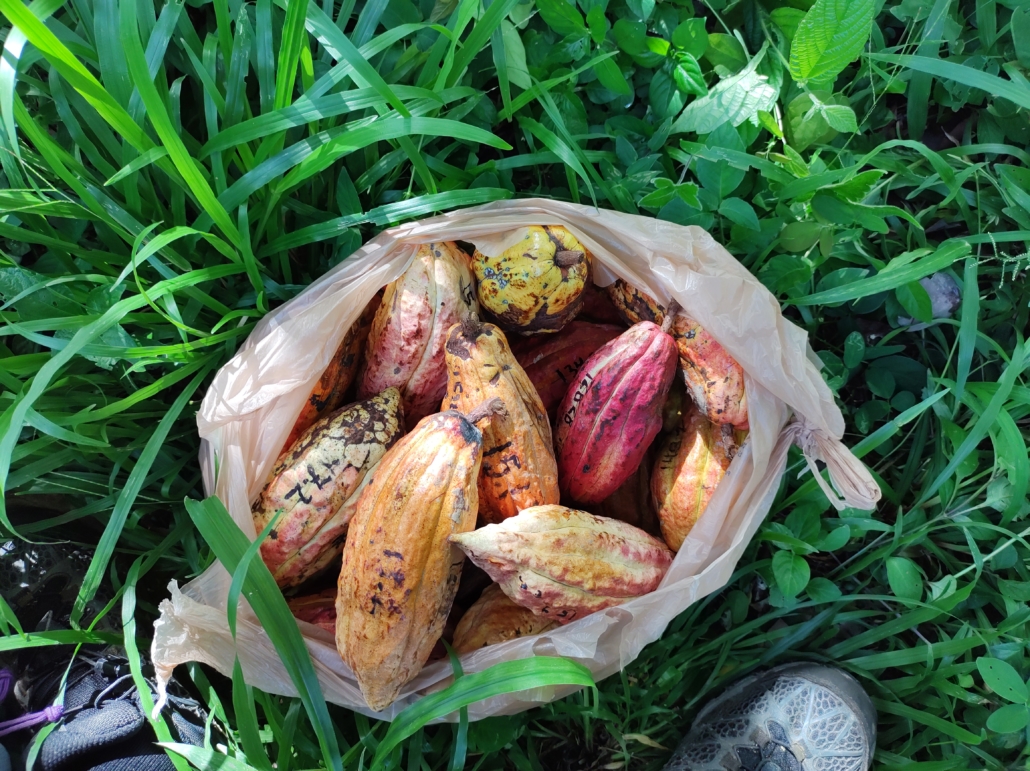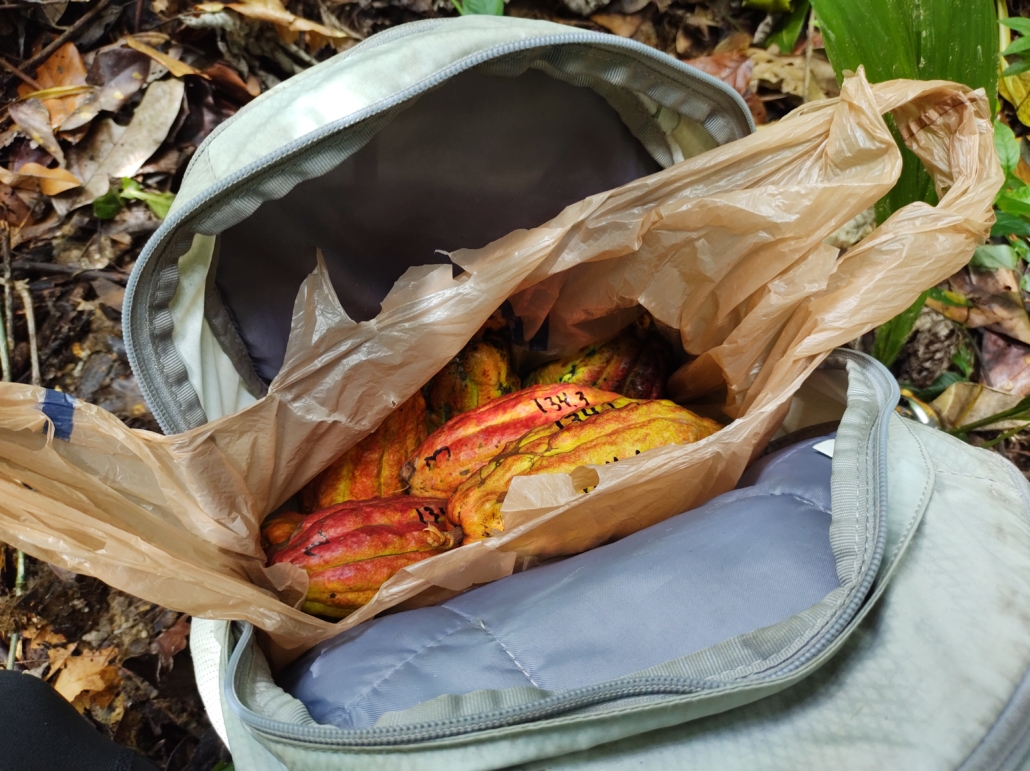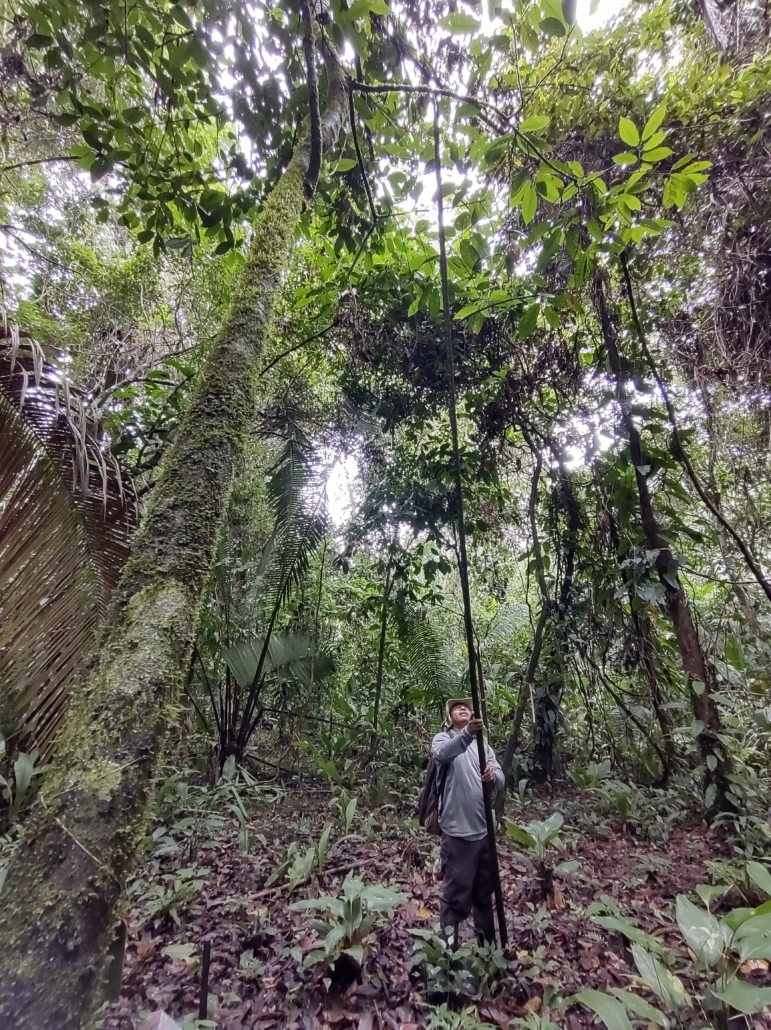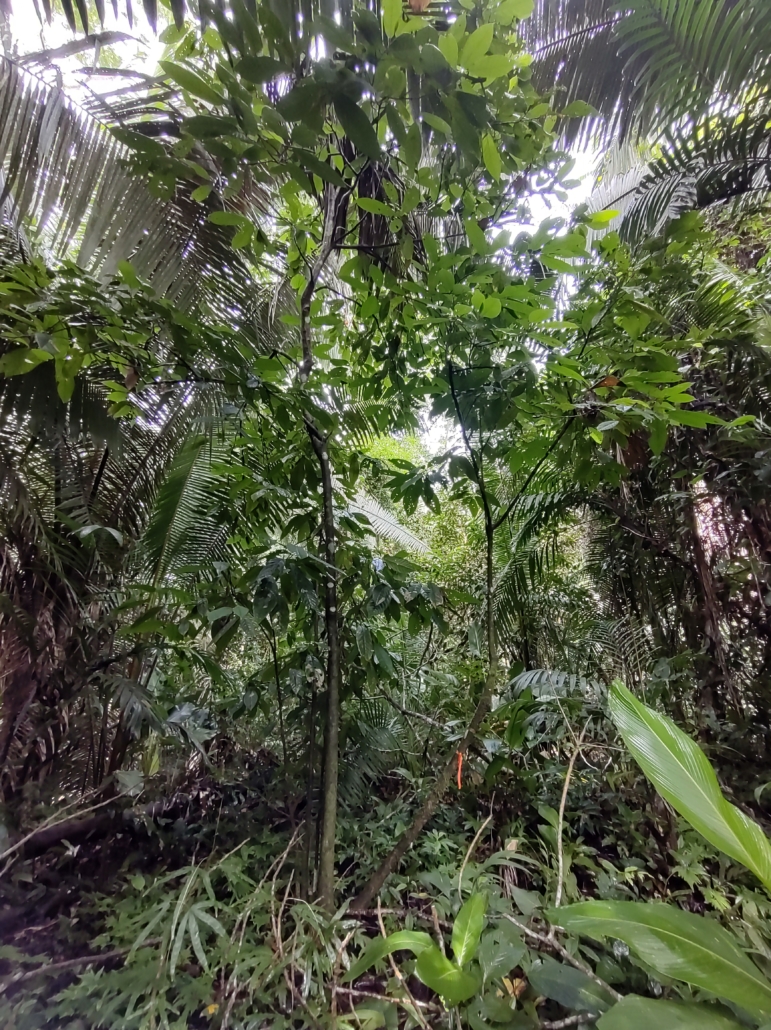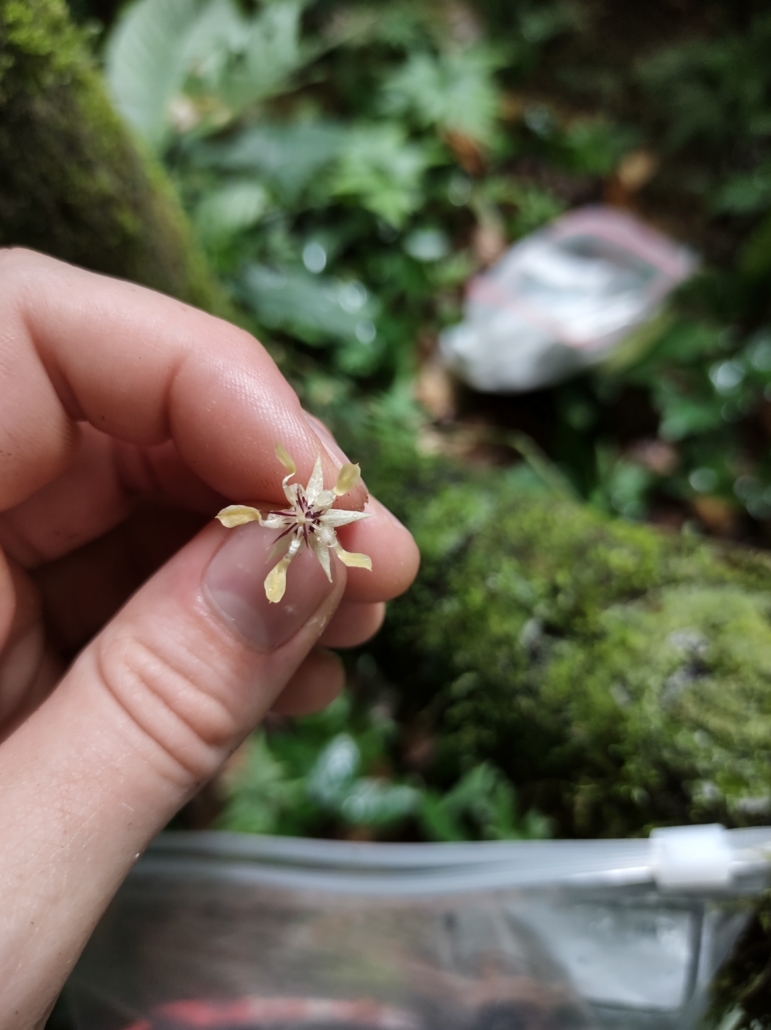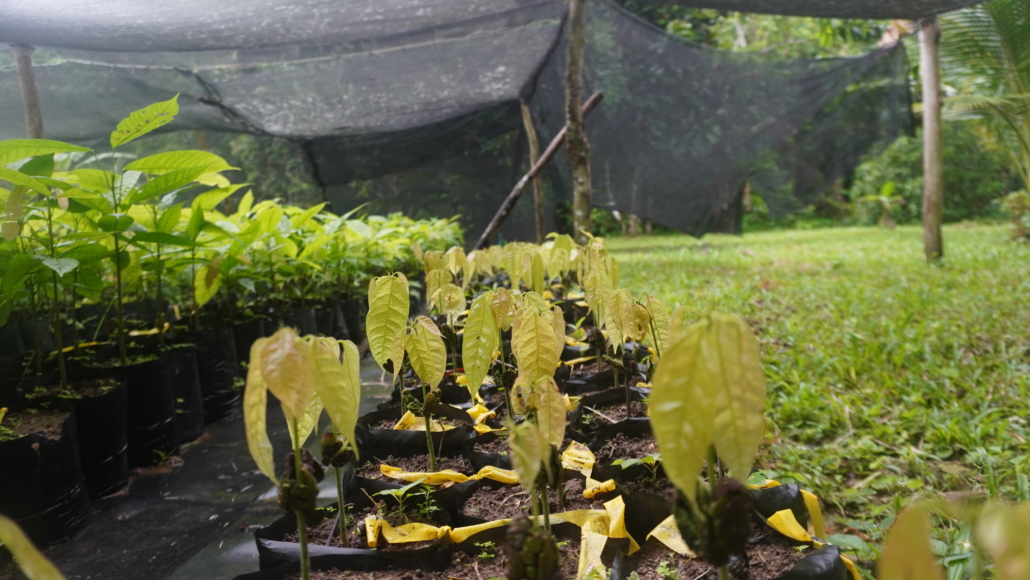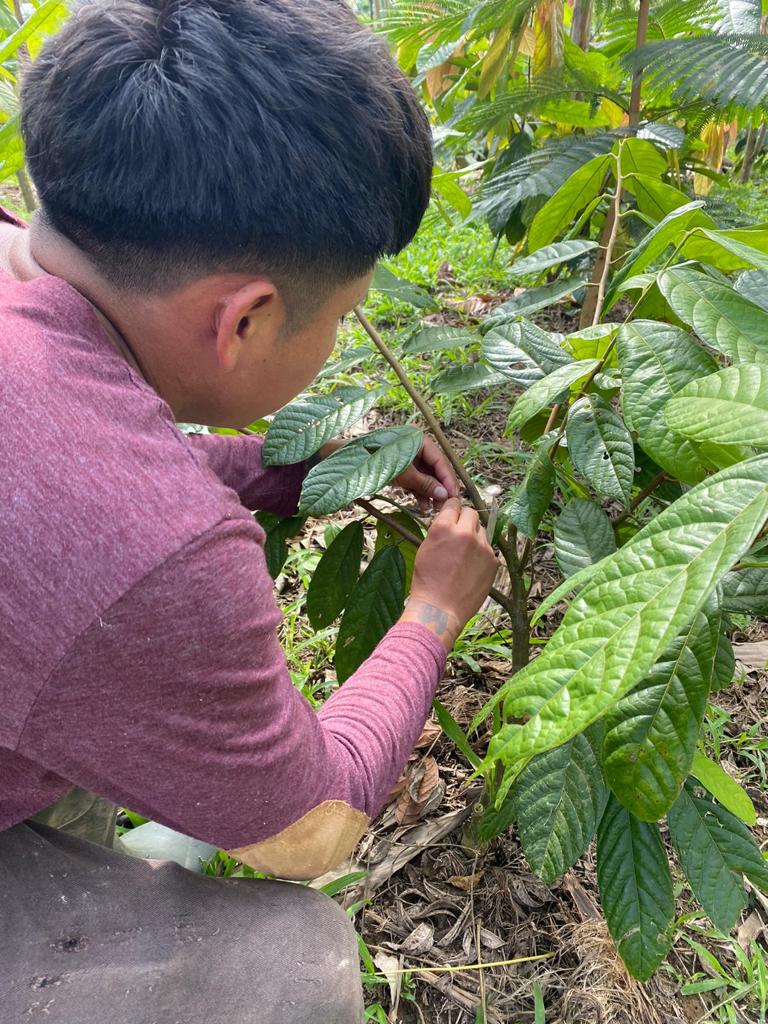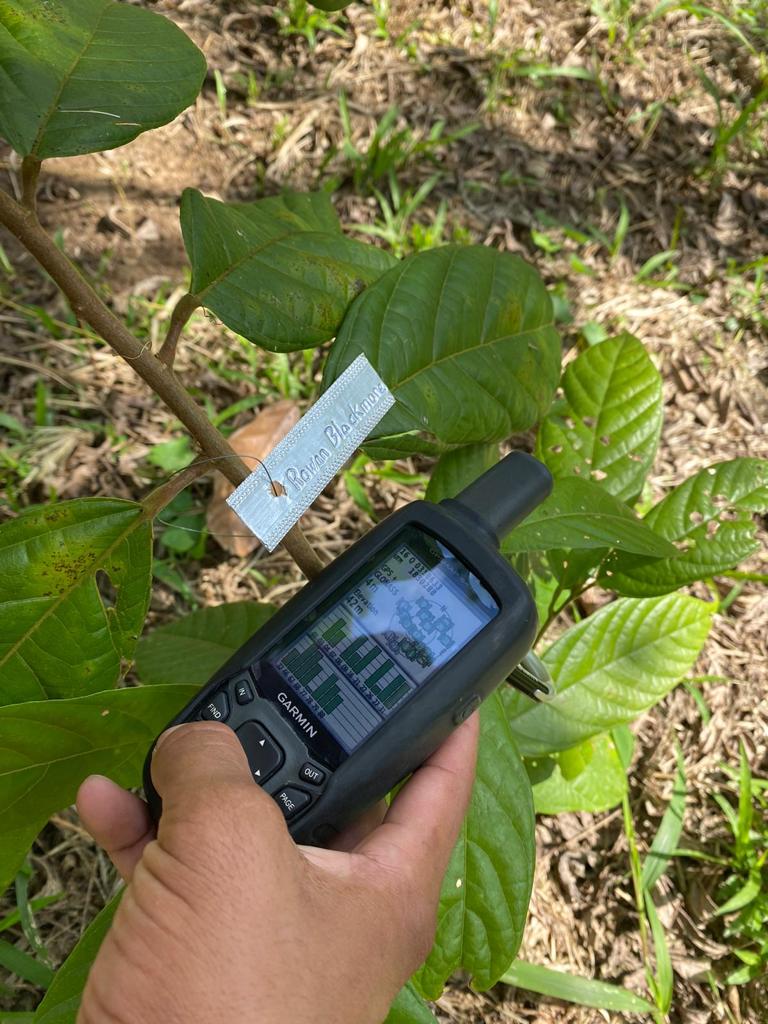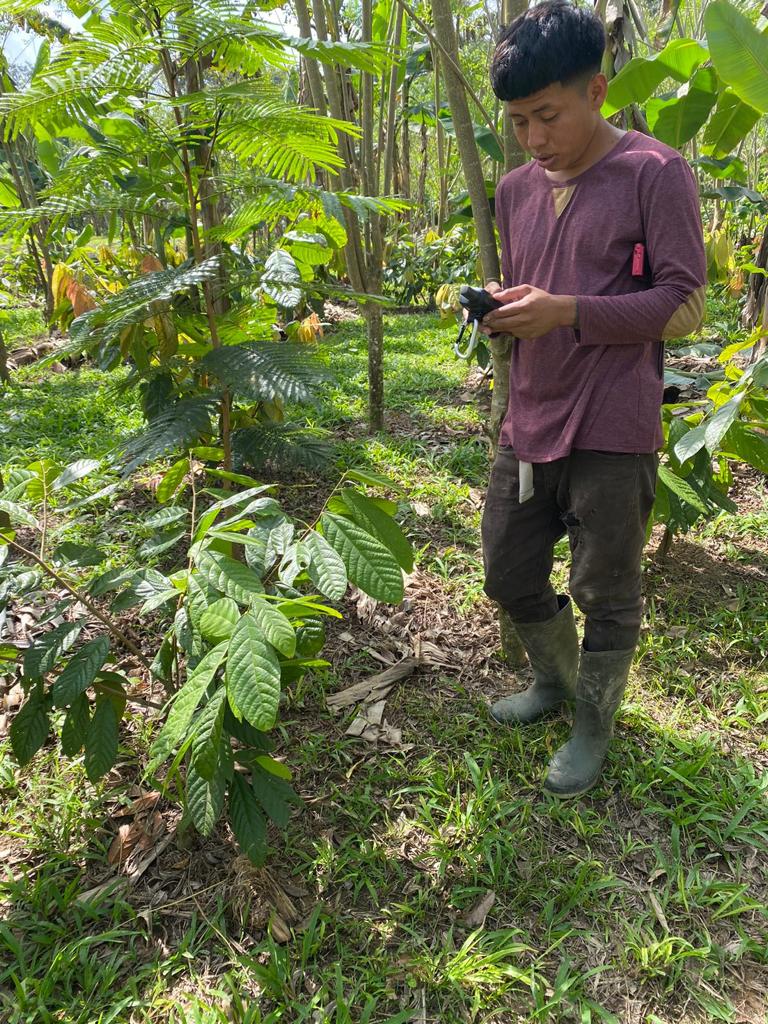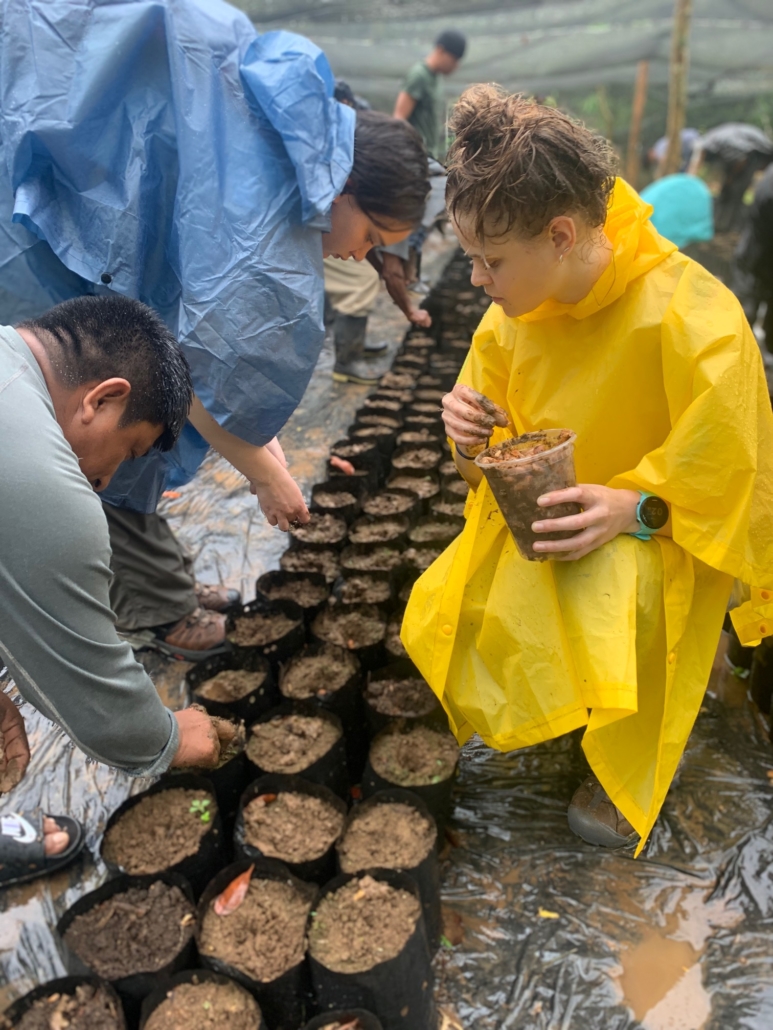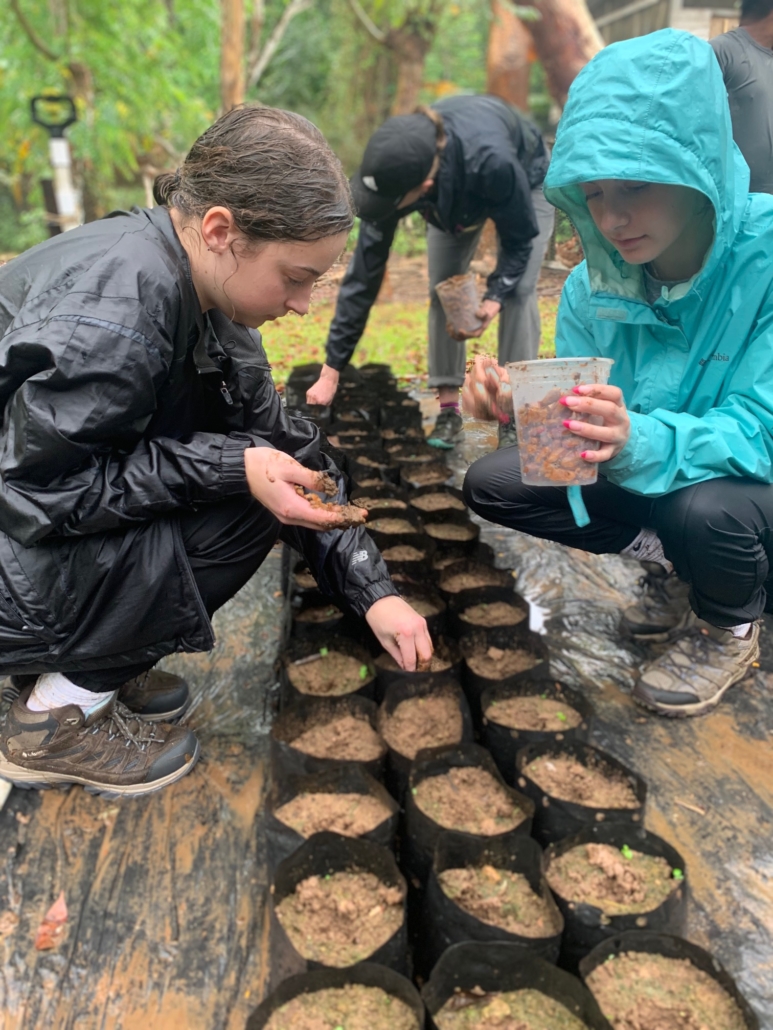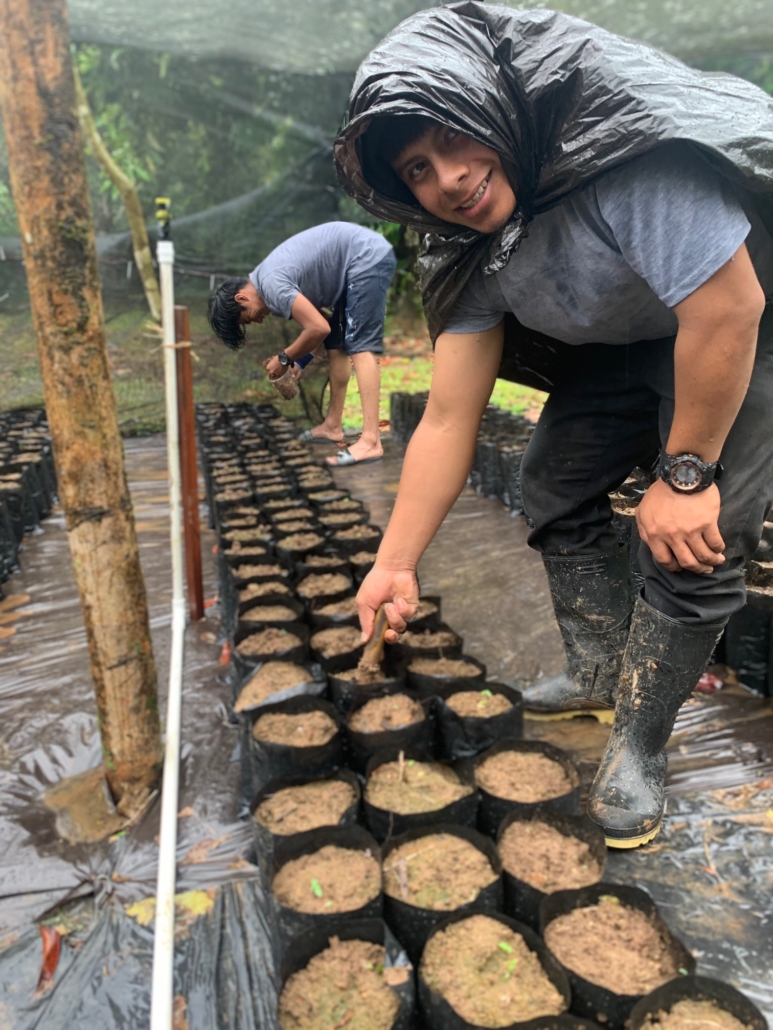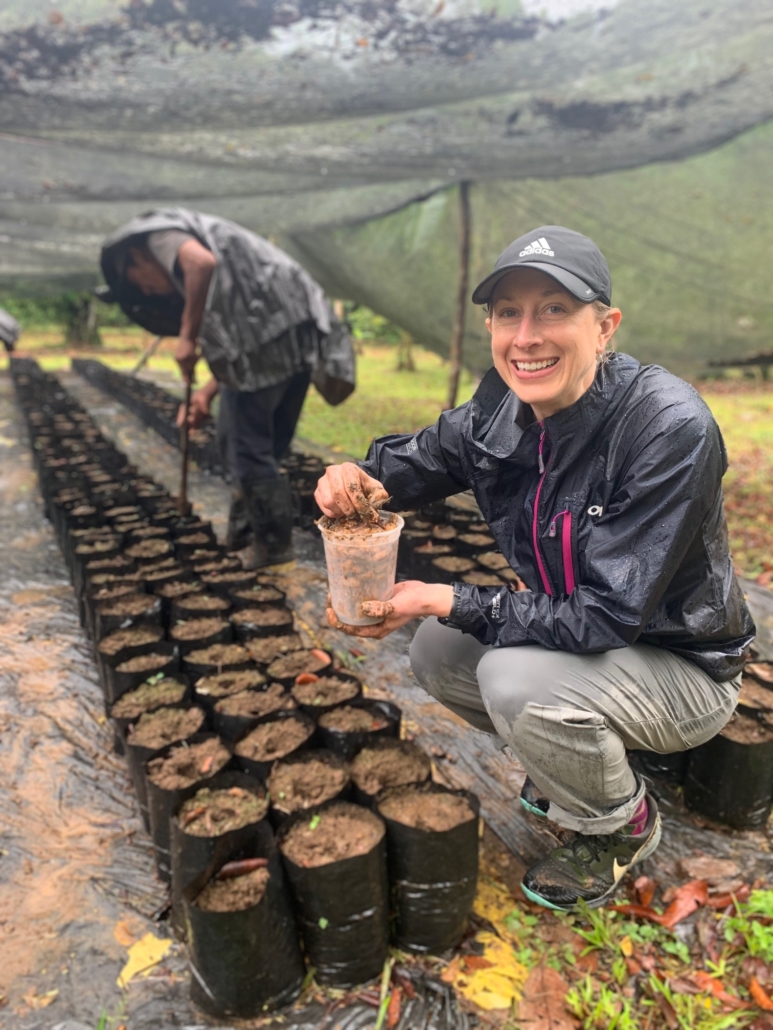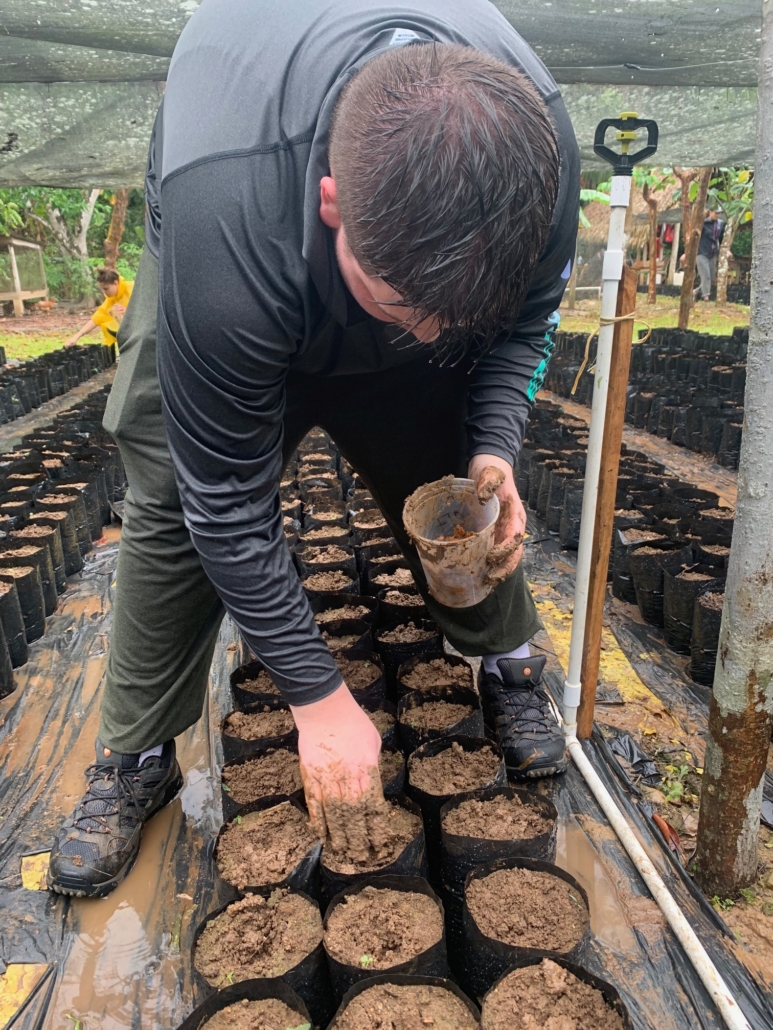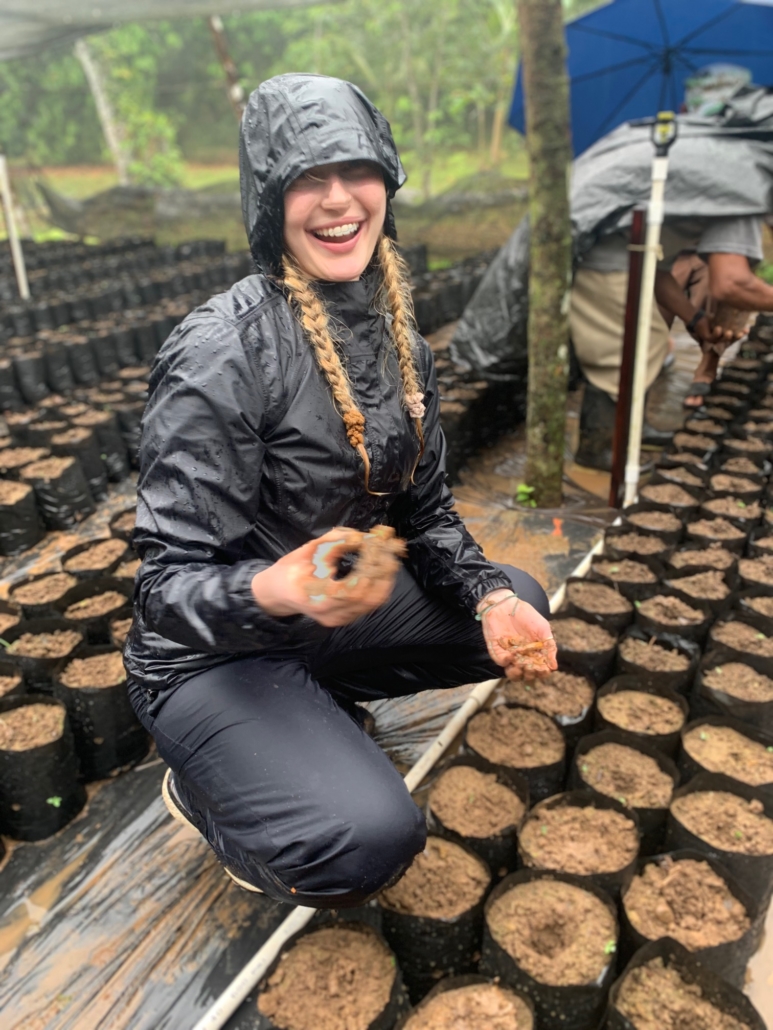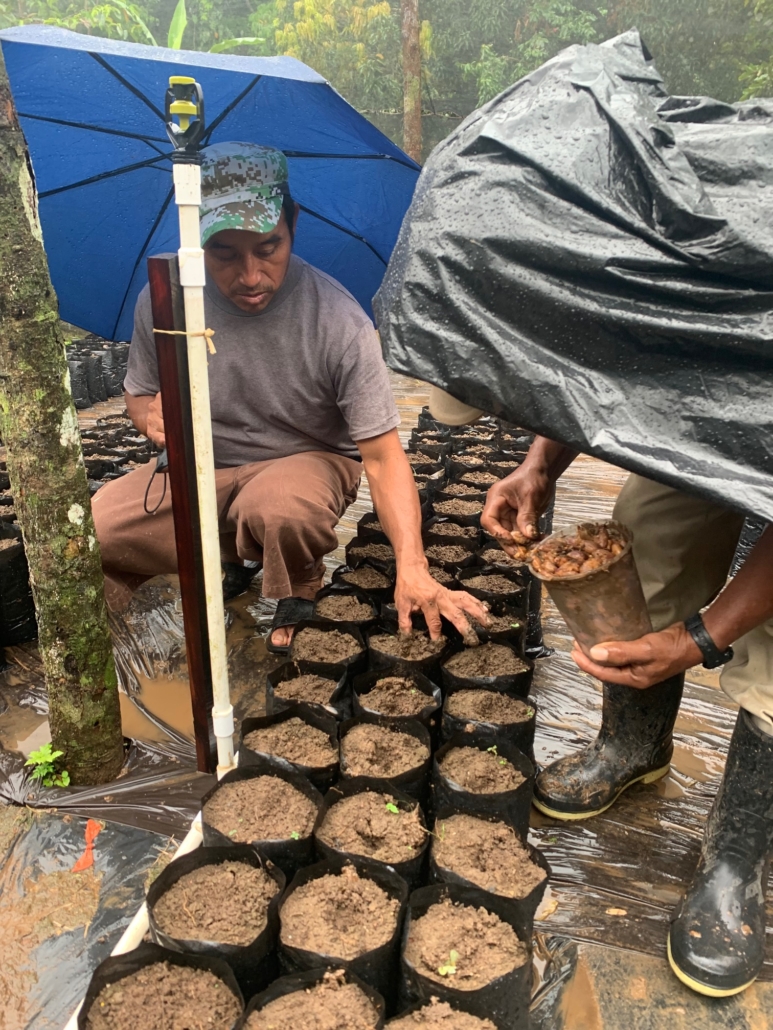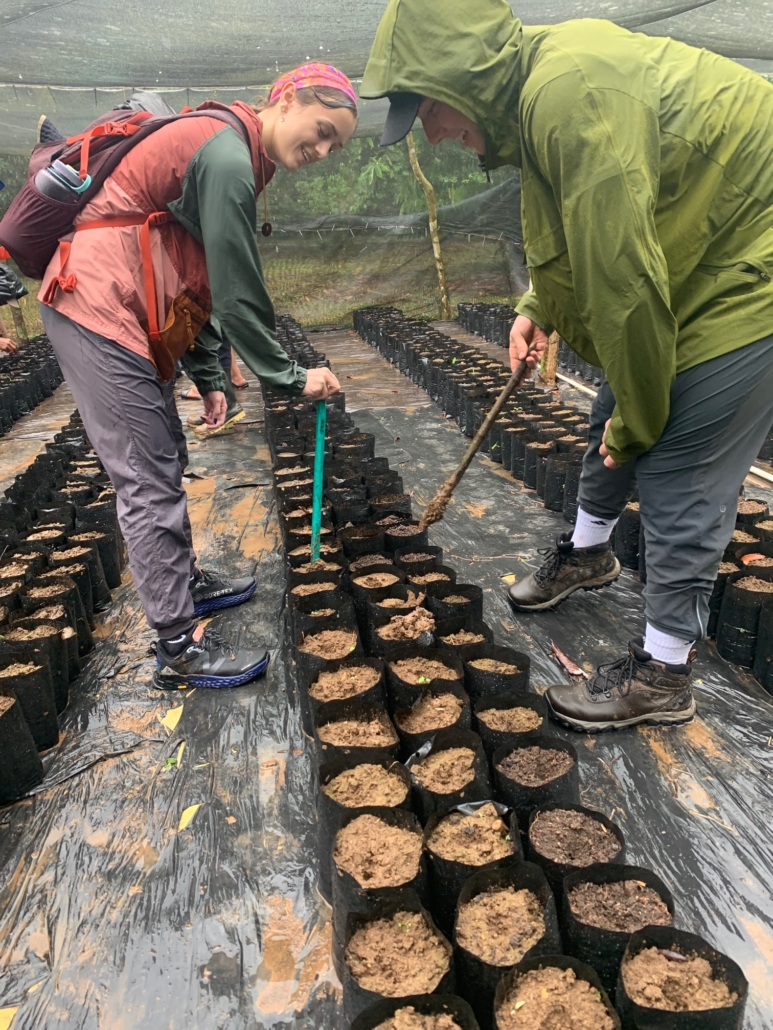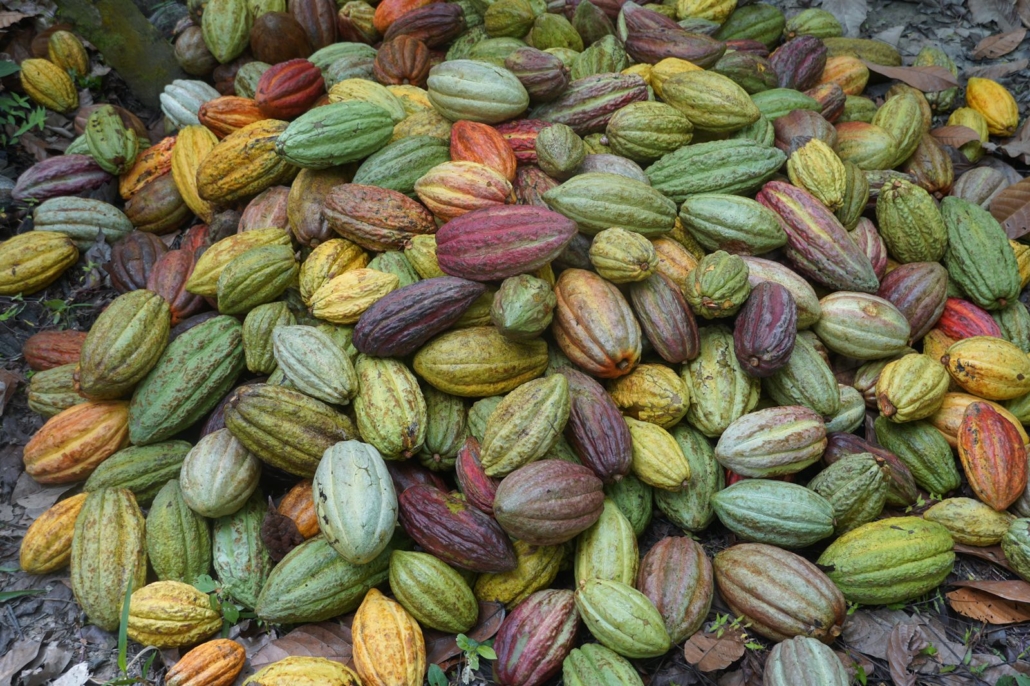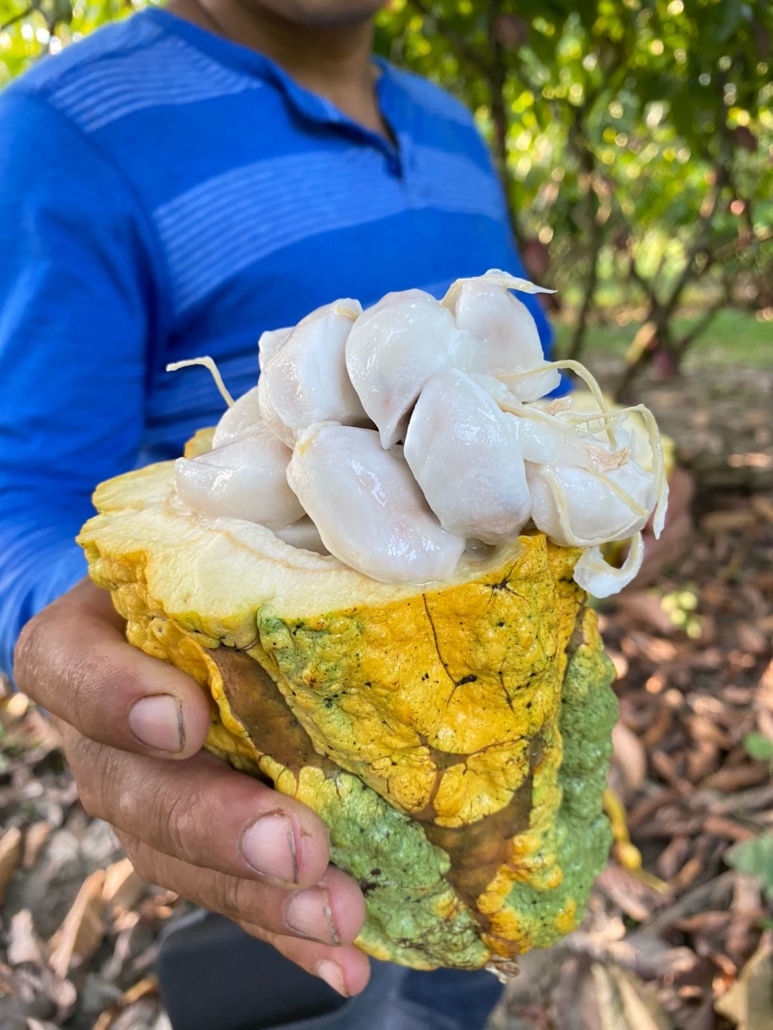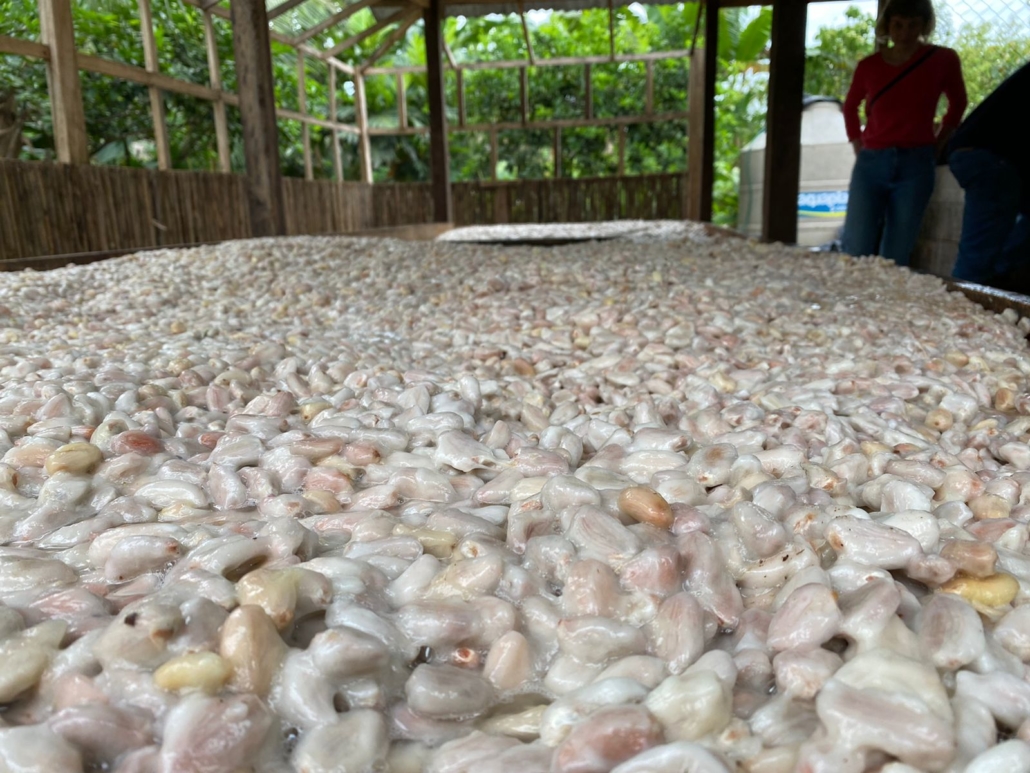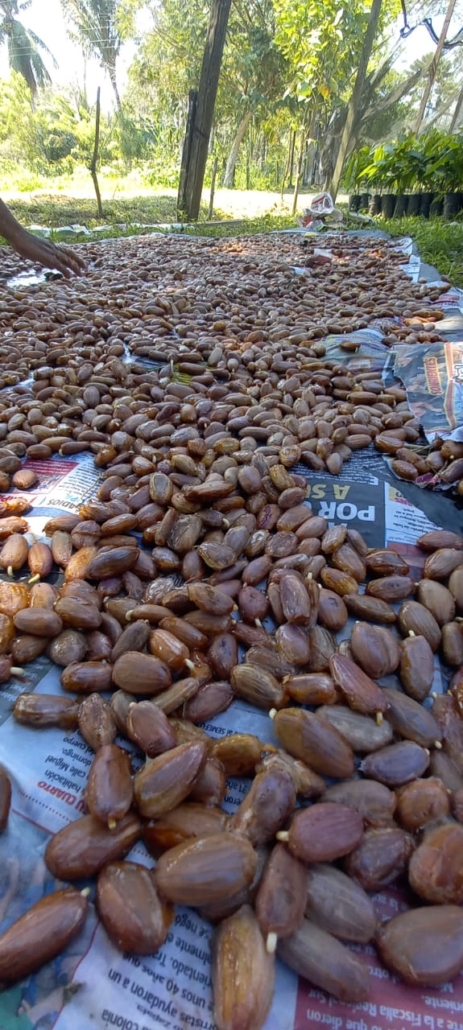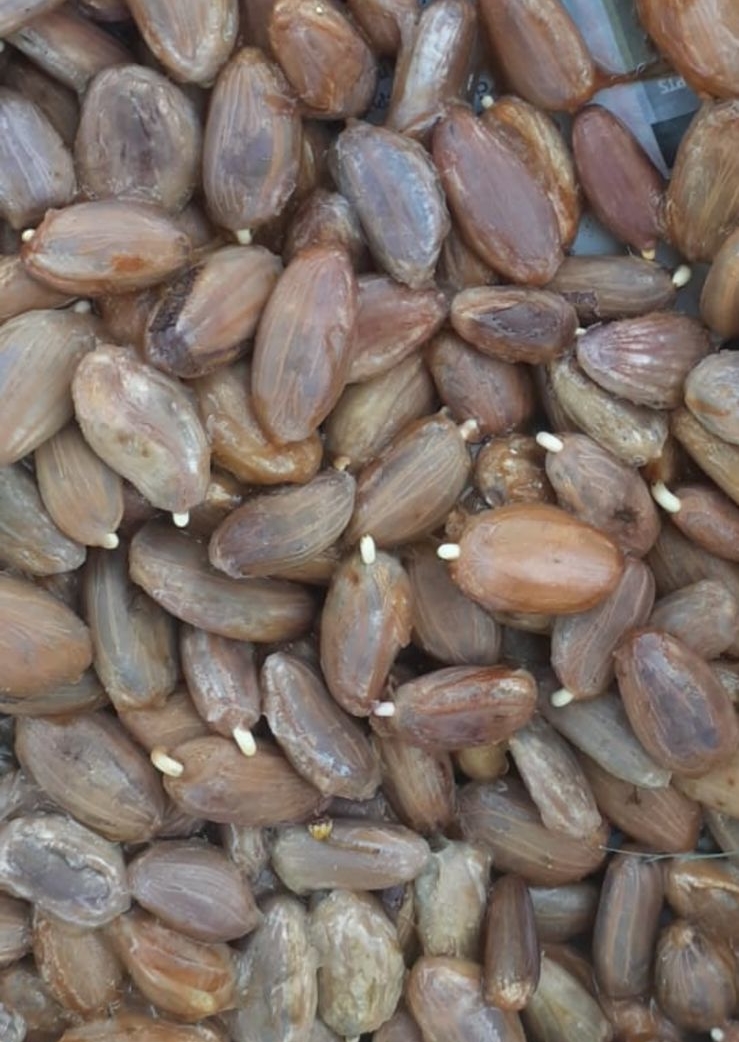A professional crash course for cacao and chocolate lovers!
Recently, I participated in an exciting online training opportunity. The “Chocolate Making from the Bean Program” is a professional two-month course that began on September 27 and concluded on November 29, 2024. Participants who took the course, including me, came from various backgrounds and professions but all had a passion for chocolate! With seven years of work experience in a cacao processing facility plus fifteen months of work training at BFREE’s Cacao Discovery Center; I have always wanted to learn more about the global cocoa market. My other interests before taking the course included understanding the complex process of chocolate production and the sensory evaluation of chocolate liquor and bars. This short intensive course provided by Ecole Chocolat covers numerous topics that are timely and relevant to the Global Cacao Value Chain.
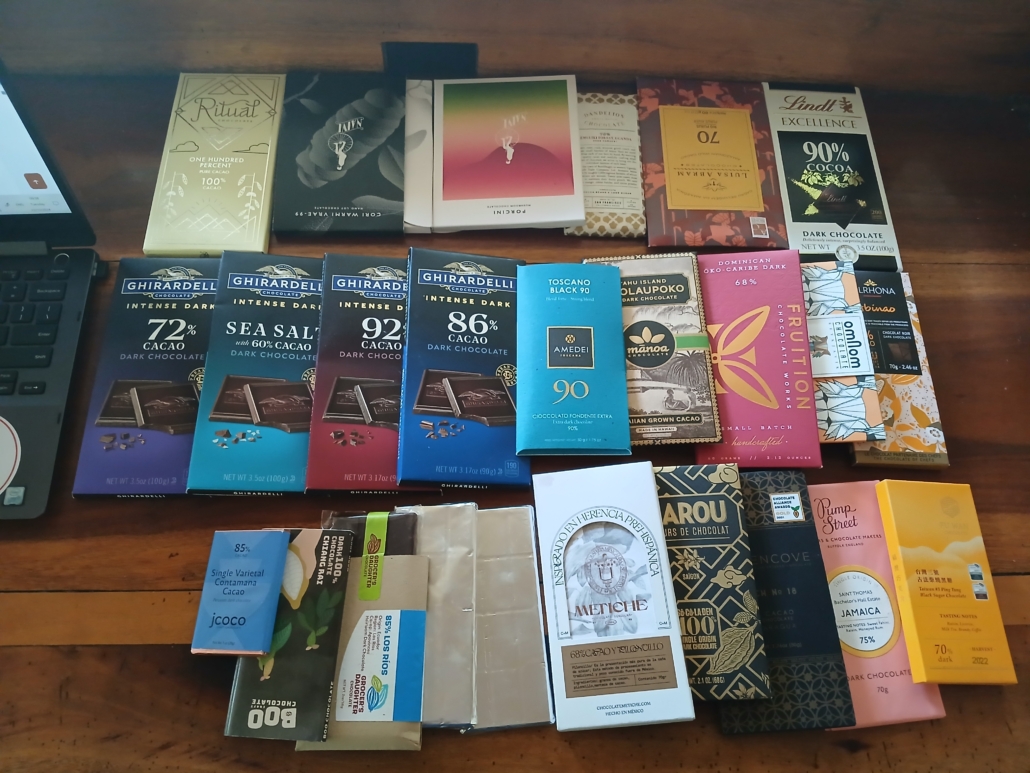
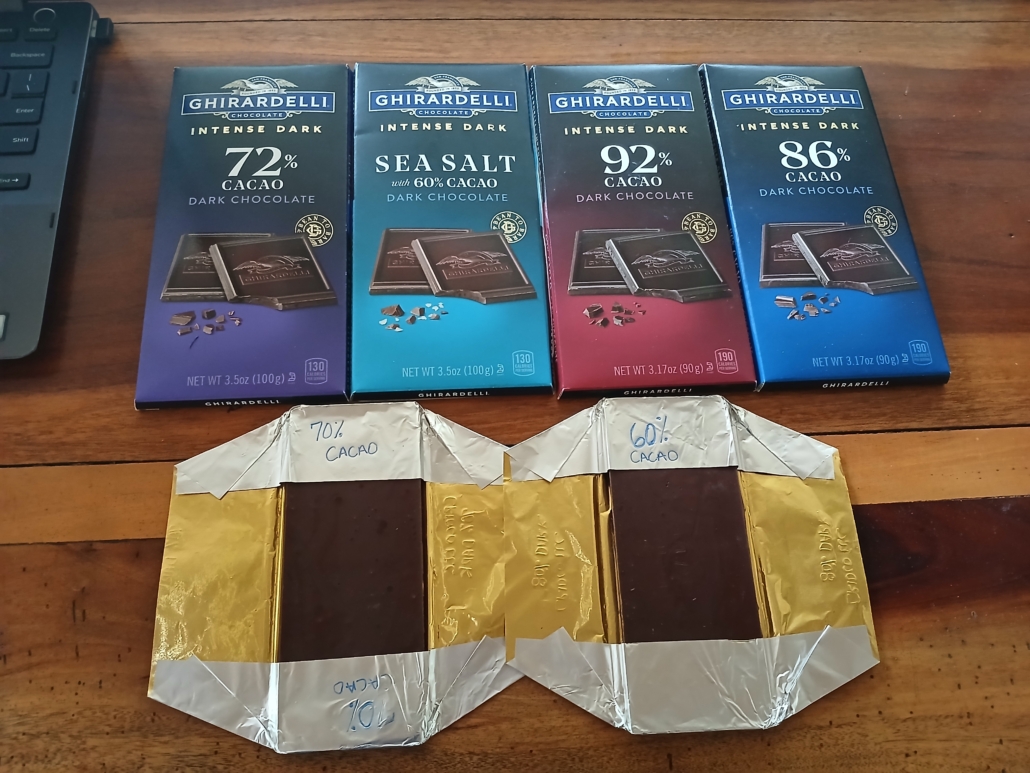
What I enjoyed most about this program is the wealth of information it provides to students. It has exceeded my expectations, and greatly enhanced my knowledge on various topics including cacao bean sourcing, chocolate making, and entrepreneurship. The fun part was acquiring and tasting multiple chocolate bars of different origins from multiple chocolate makers. Throughout the course, I did several taste tests called “Tasting Flights” and my favorite bars were Fruition’s ‘Dominican Oko-Caribe 68% Dark Chocolate’, Fu Wan’s ‘70% Dark Chocolate’, Ritual’s ‘100% Dark Chocolate’ and Luis Abram’s ‘70% Rio Purus Dark chocolate’. These four bars were my top favorites based on their flavor profiles, physical aesthetics, and texture but of course, this is all subjective.
I was inspired by the many success stories of chocolatiers highlighted in several case examples in the course’s first module. But what fascinated me most was the historical timeline of cacao; it evolved from a crop in South America’s Upper Amazon to being a highly revered crop by ancient civilizations such as the Olmecs, Mayas, and Aztecs leading up to the Industrial Revolution to ultimately becoming a billion-dollar chocolate industry. I also enjoyed learning and familiarizing myself with local and international stakeholders in the industry. I was delighted to see several Belizean entities such as Eladio’s Chocolate Adventure, Ixcacao Chocolate, Maya Mountain Cacao, Toledo Cacao Growers Association, and others mentioned in the program.
I felt privileged to participate in this course. I highly recommend this program to anyone as passionate as I am about cacao and chocolate! As I transition from a Cacao Fellow program alum to a Quality Control Manager at Crioco’s LLC, I find this training resourceful and informative. Overall, I had a wonderful learning experience and a flexible timeline. As of January 2025, I am participating in Part 2 of this course. A special thanks goes to Ms. Heather Barrett and Mr. Jacob Marlin who took the time out of their hectic schedules to acquire chocolate bars for this course. Many of the bars were ordered from Caputo’s Market and Deli, which is a wonderful partner of BFREE. Scholarship Funding for my course participation was provided by BFREE as a reward for successful completion of the BFREE Science and Education Fellowship Program.
